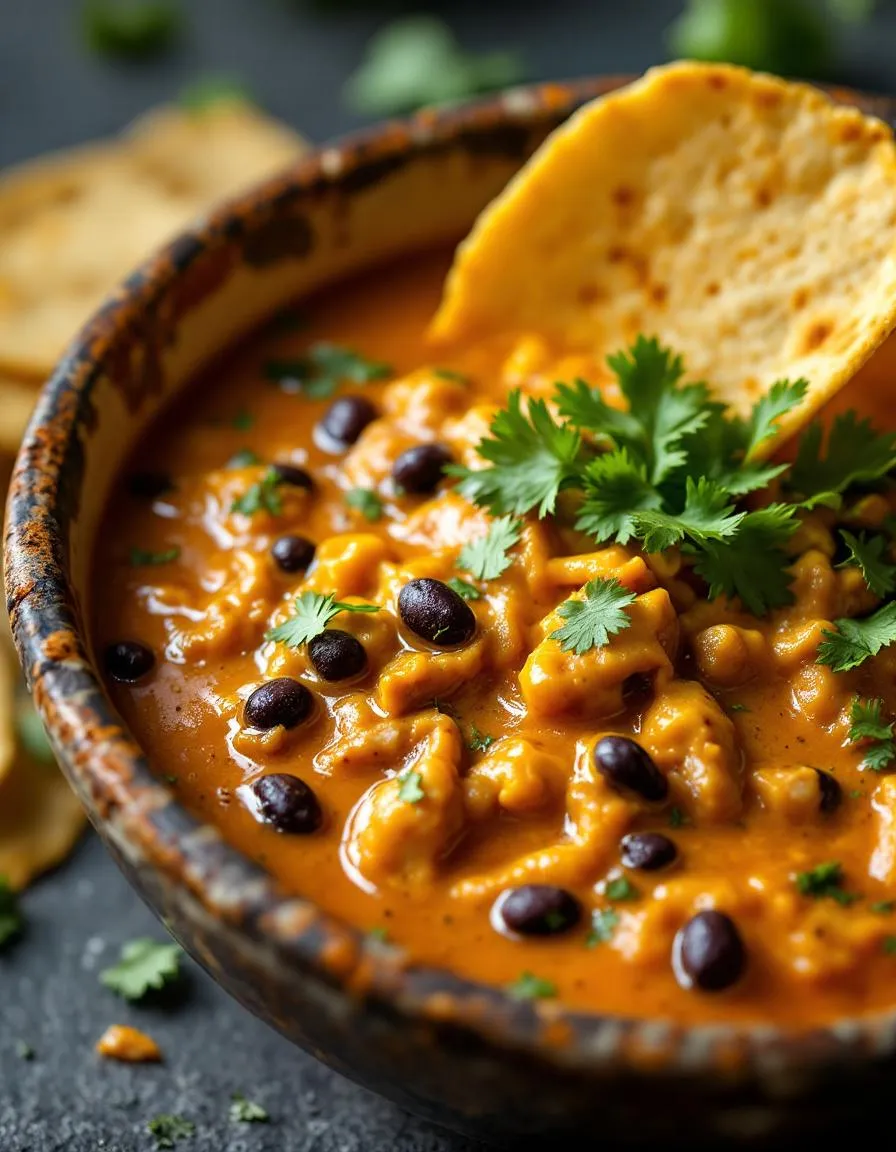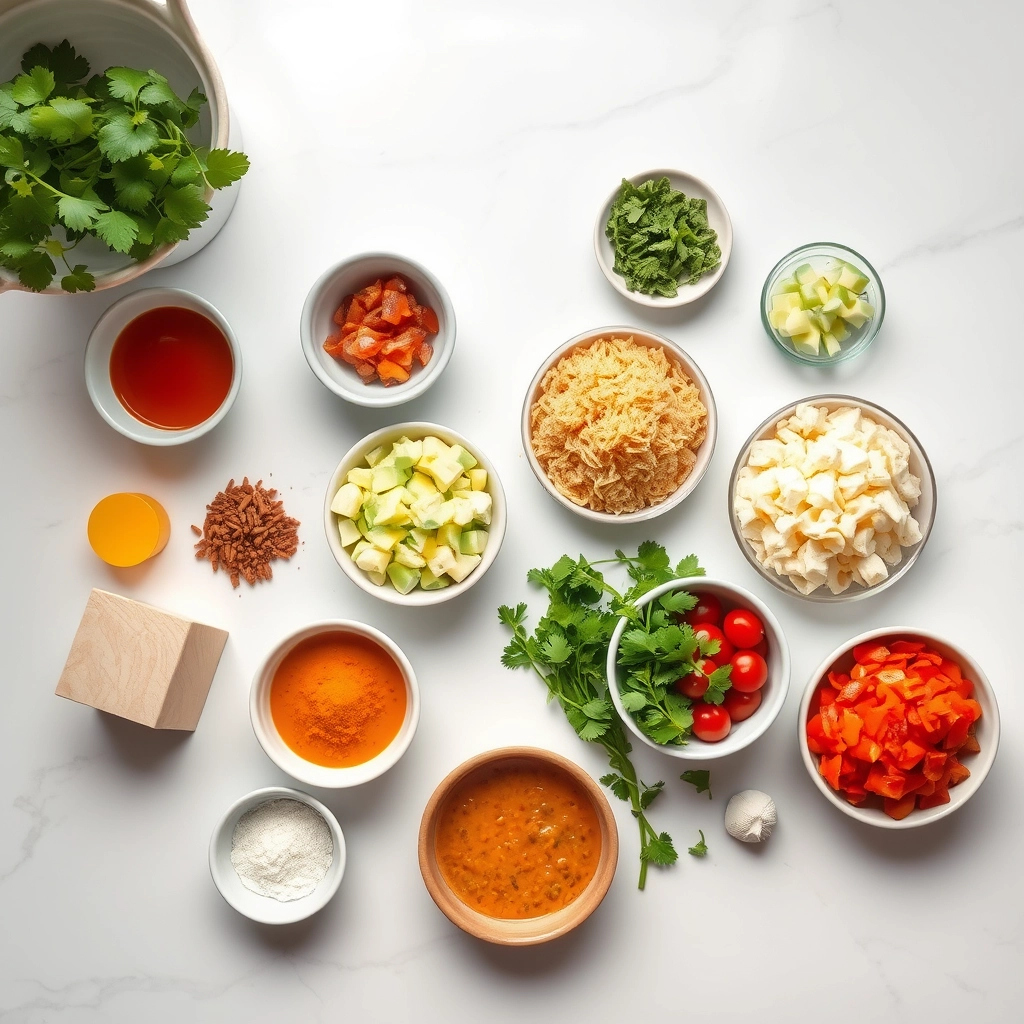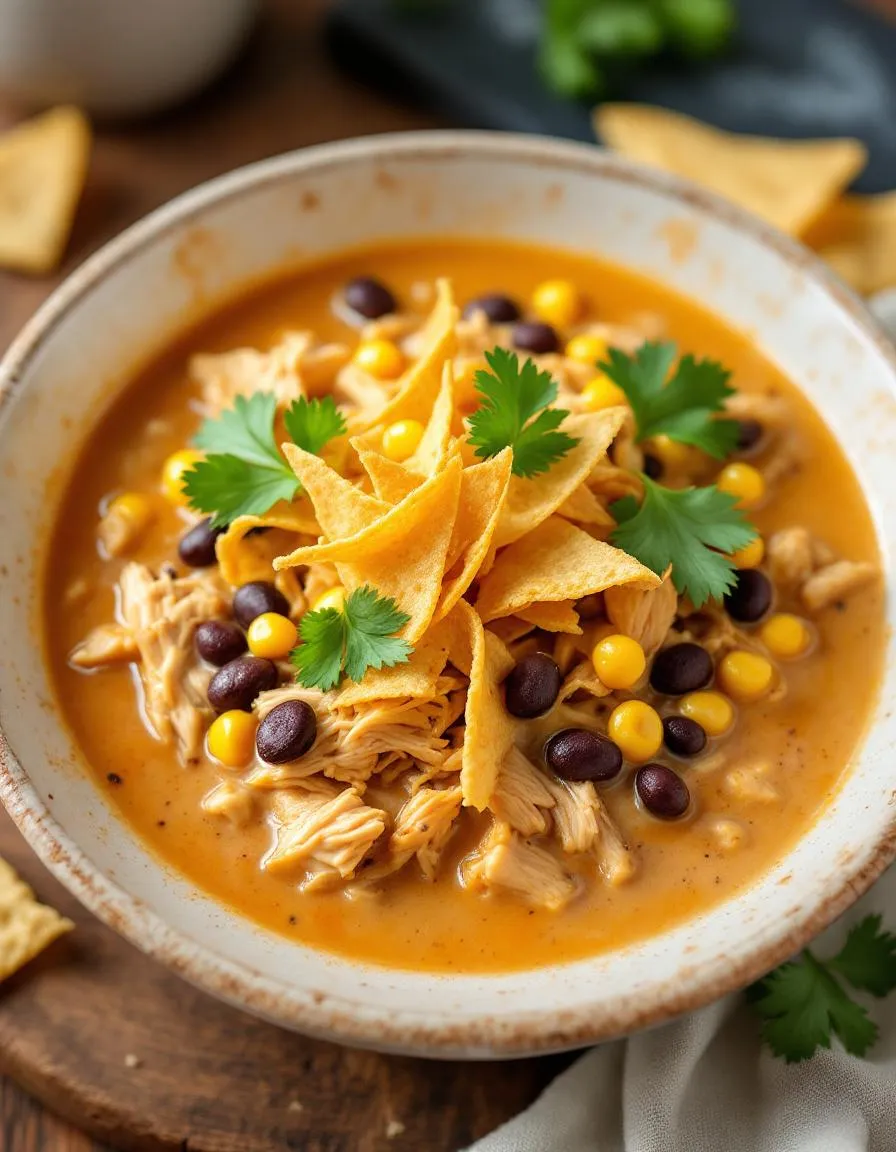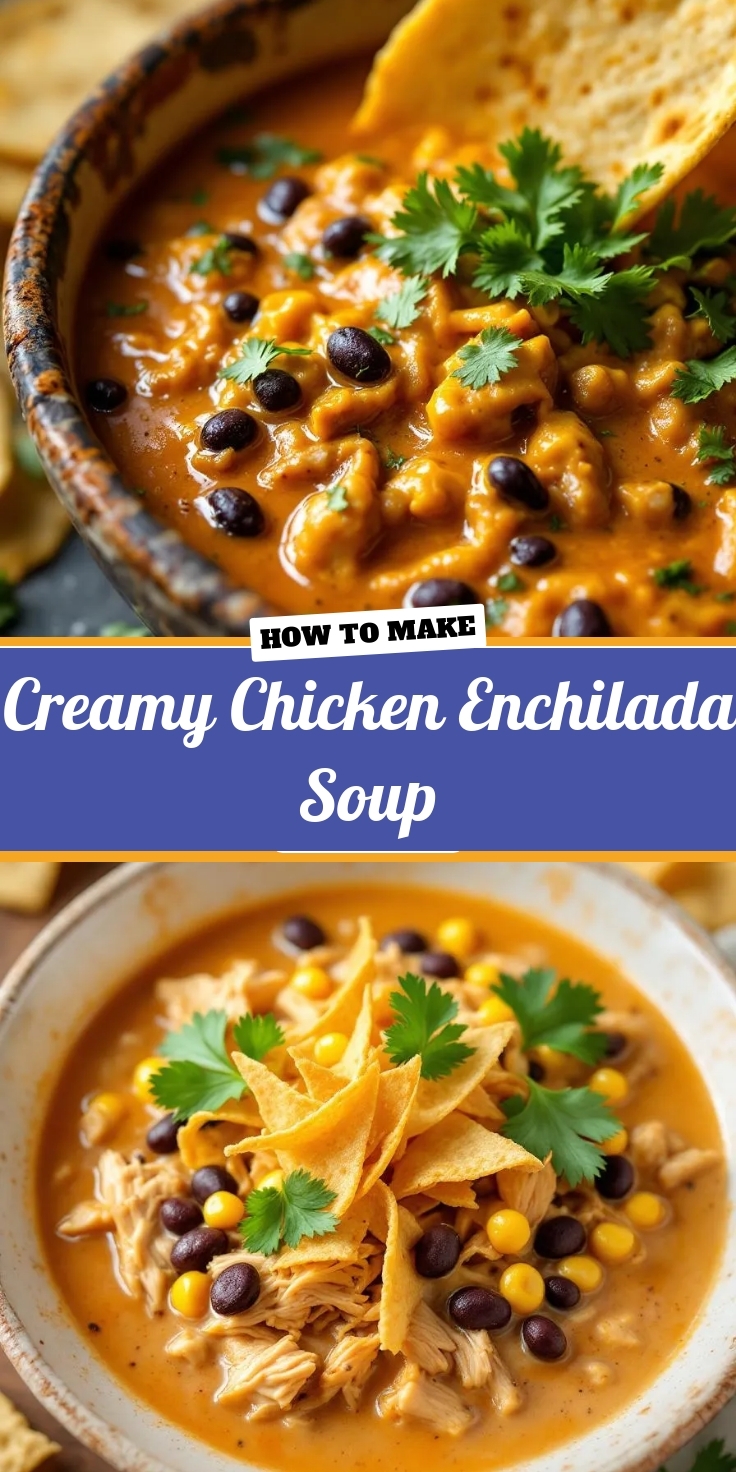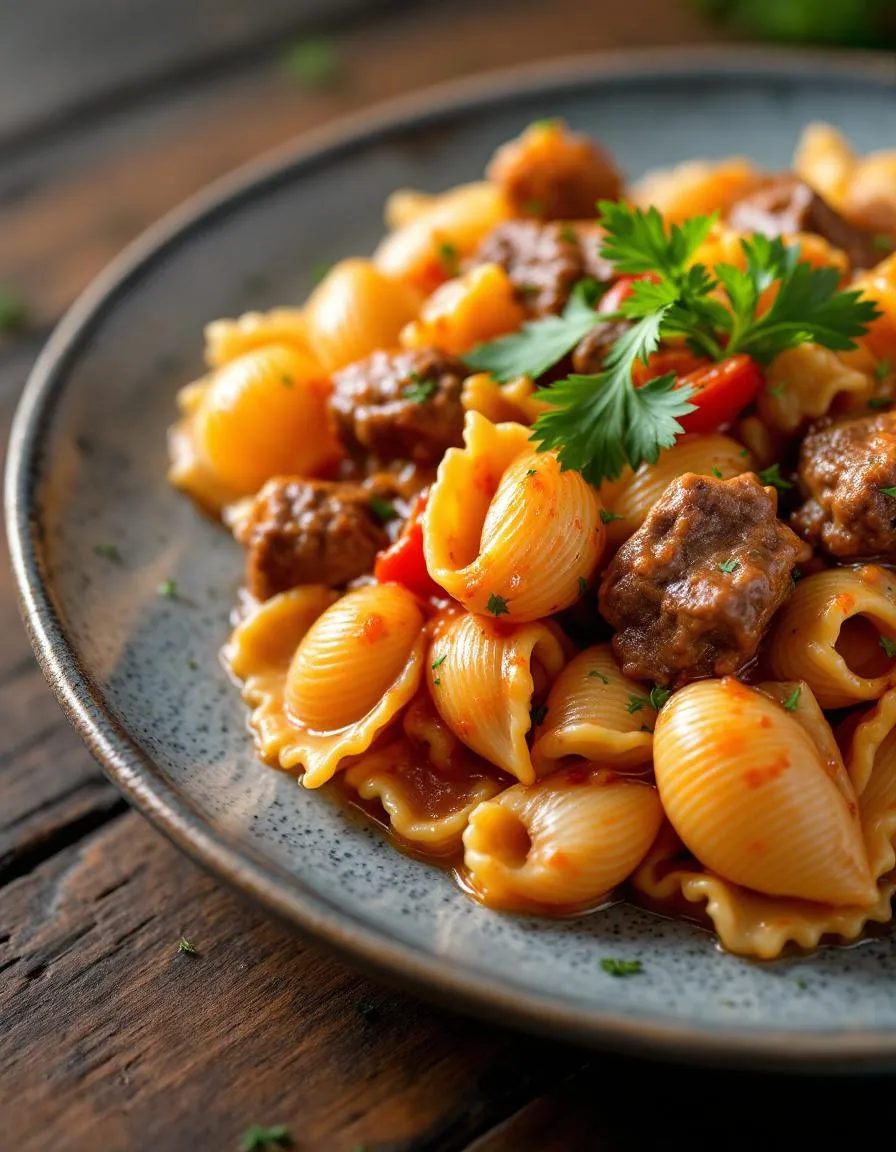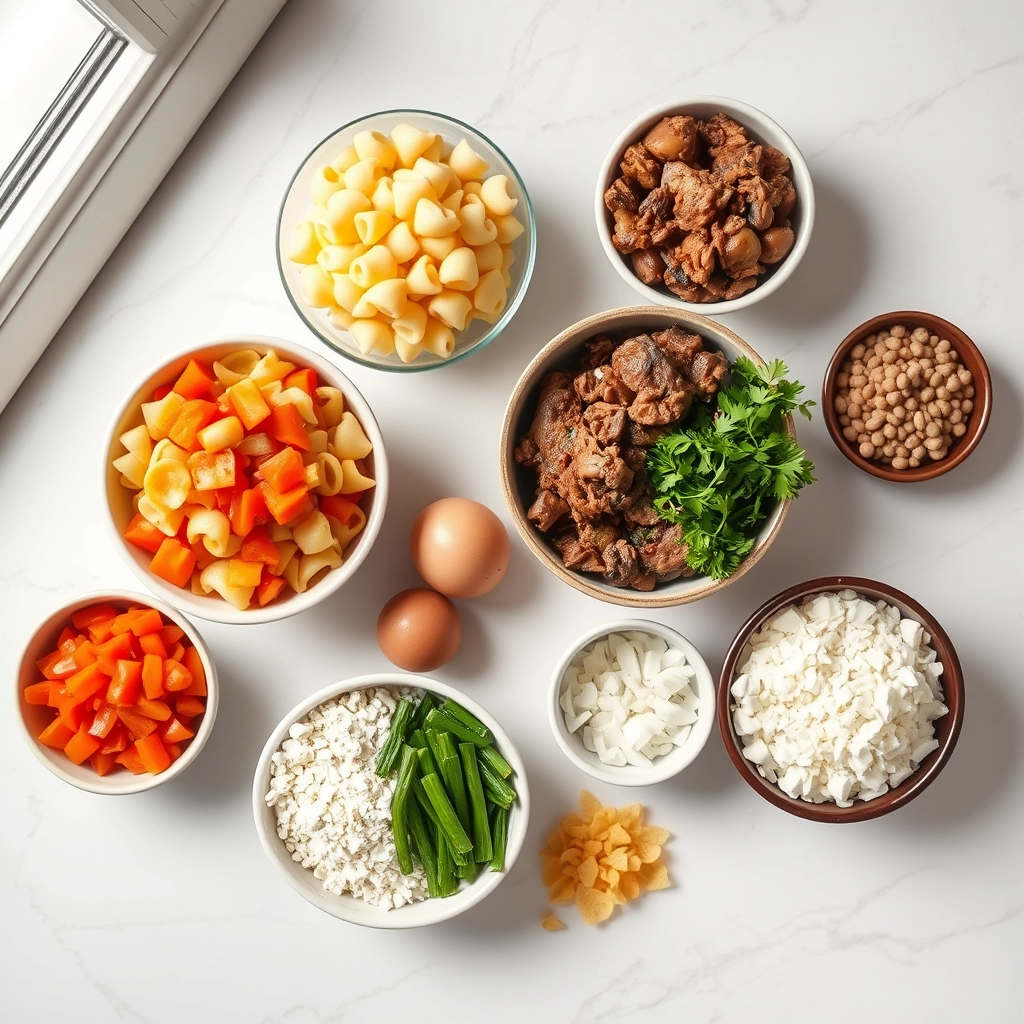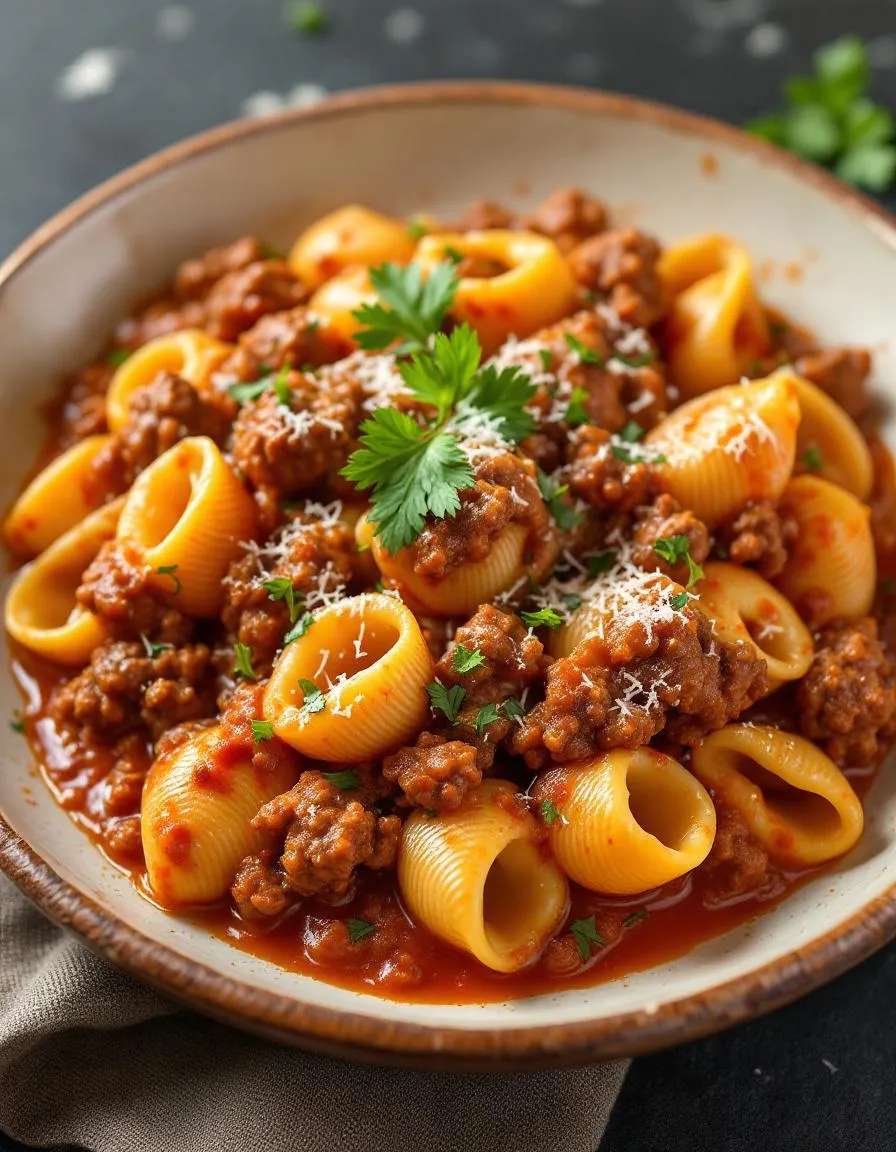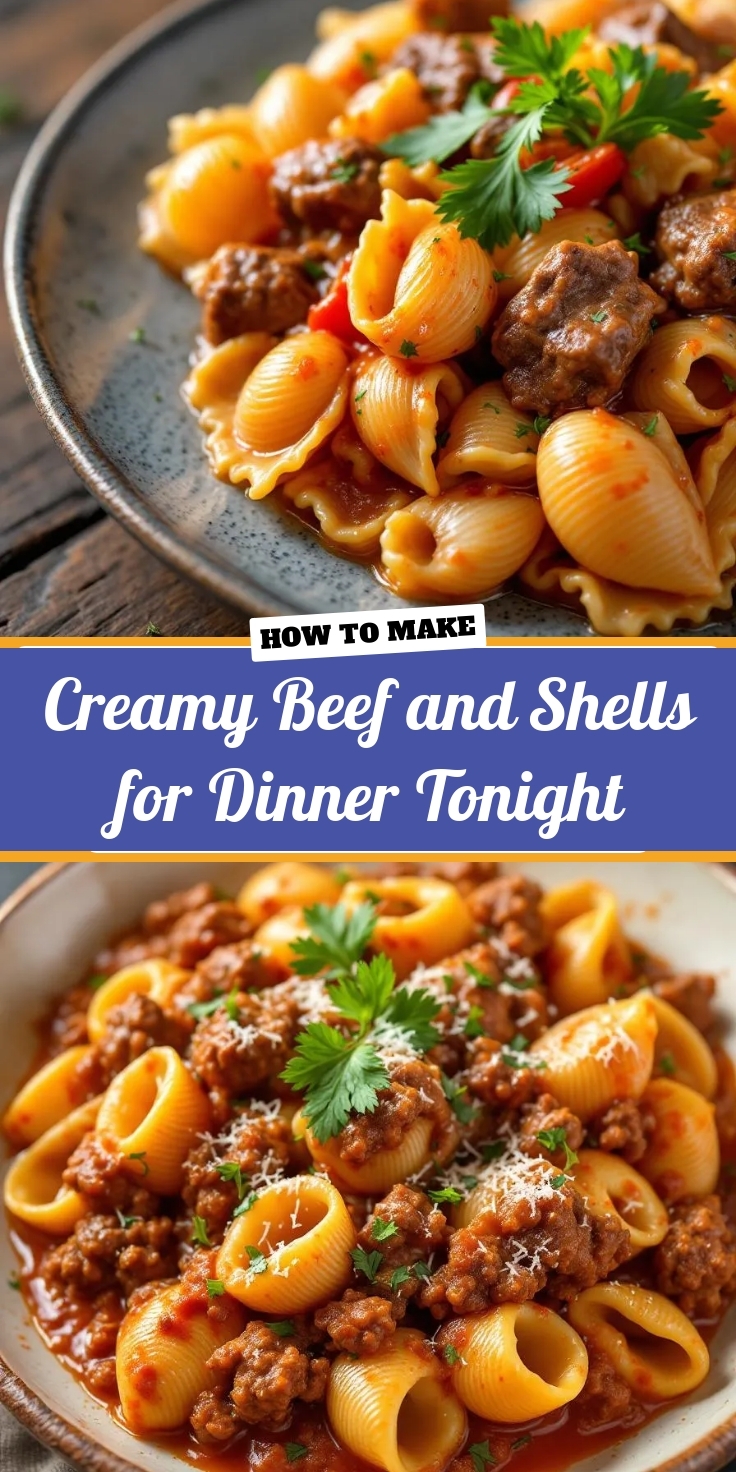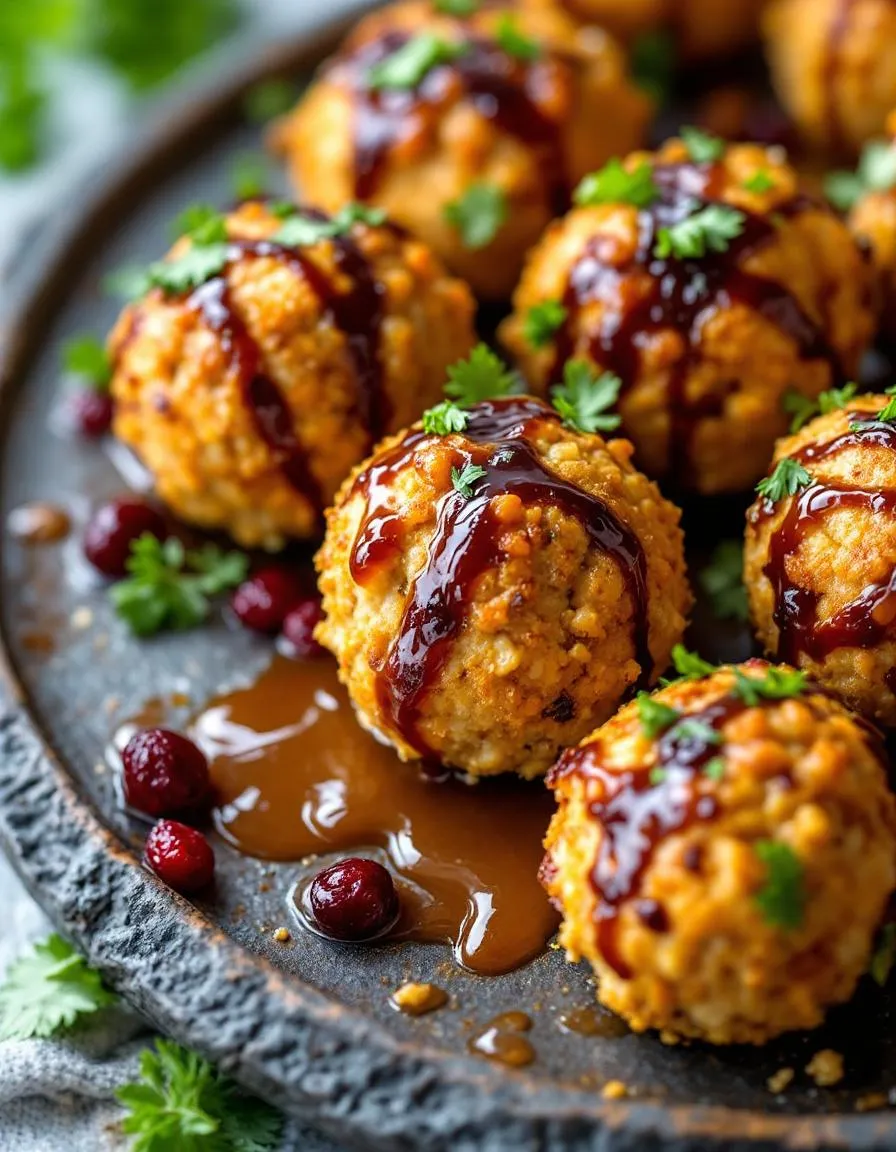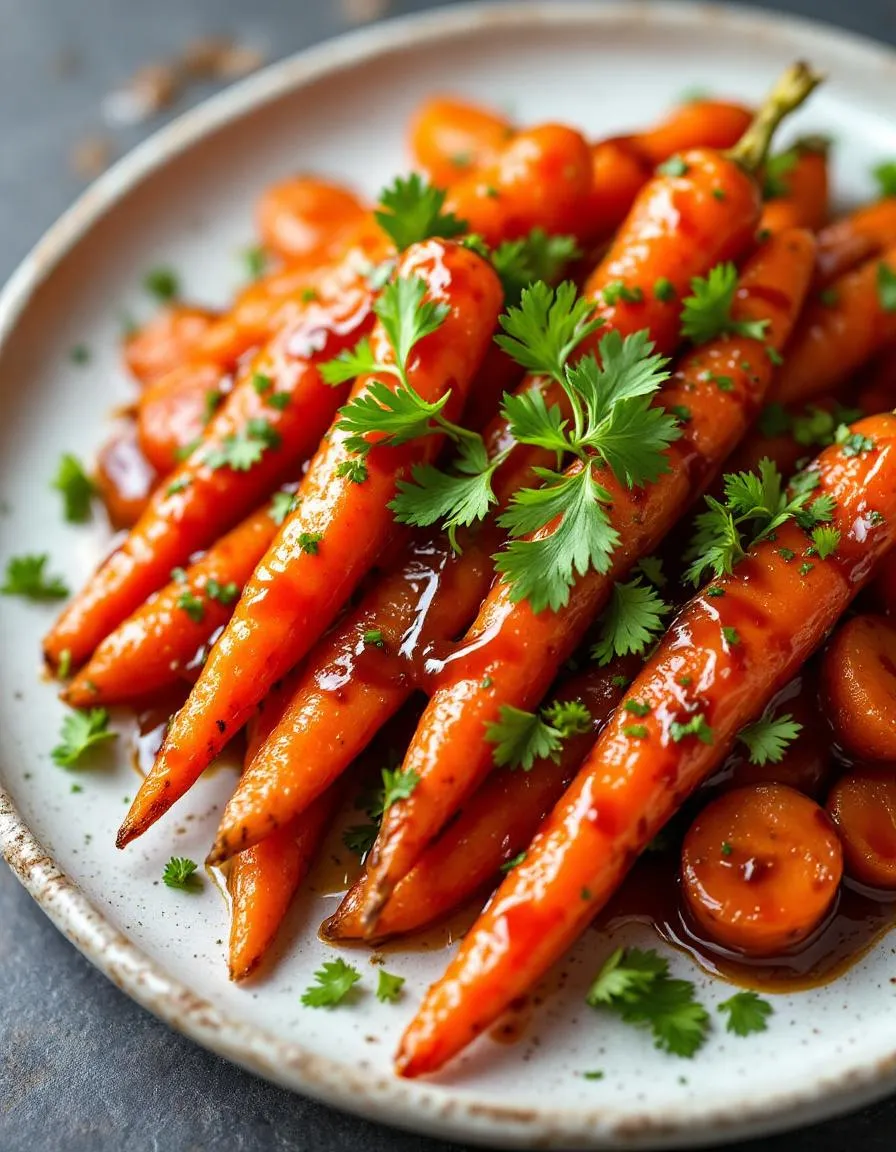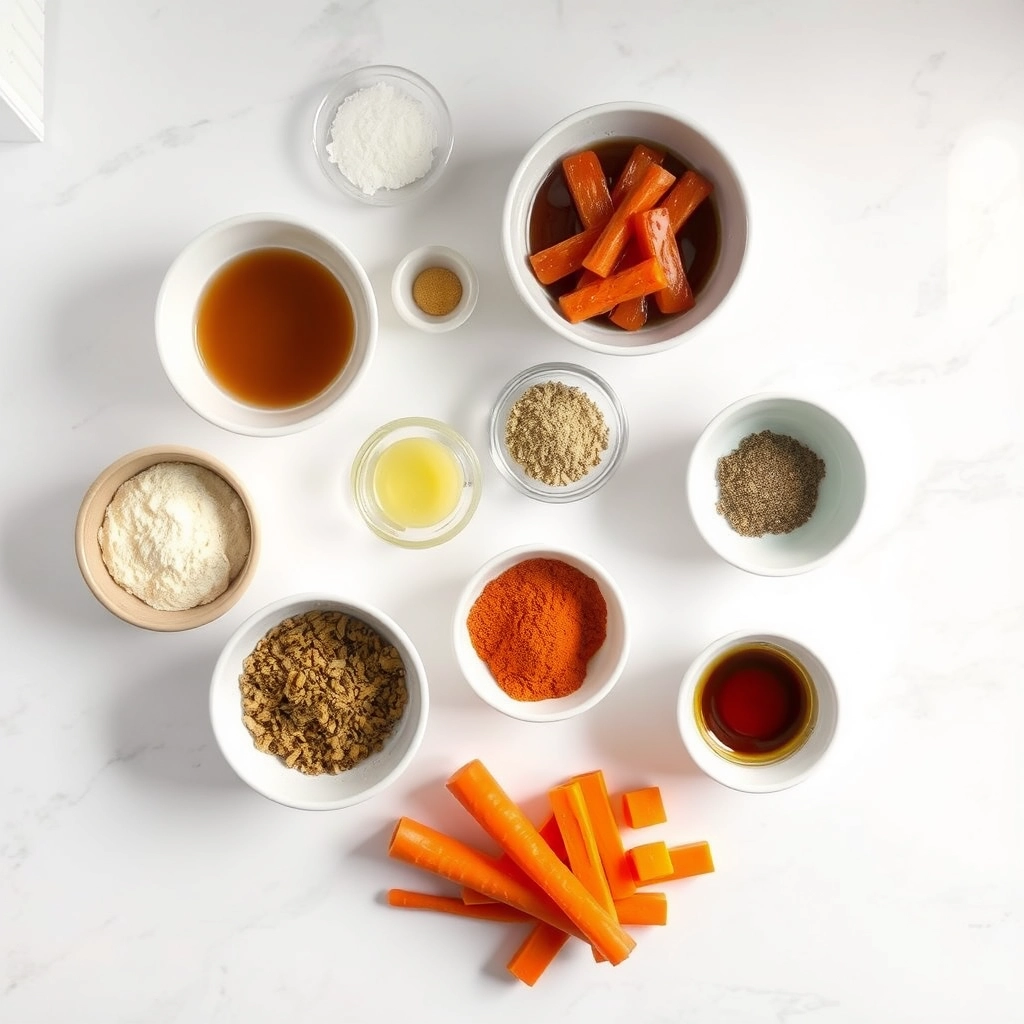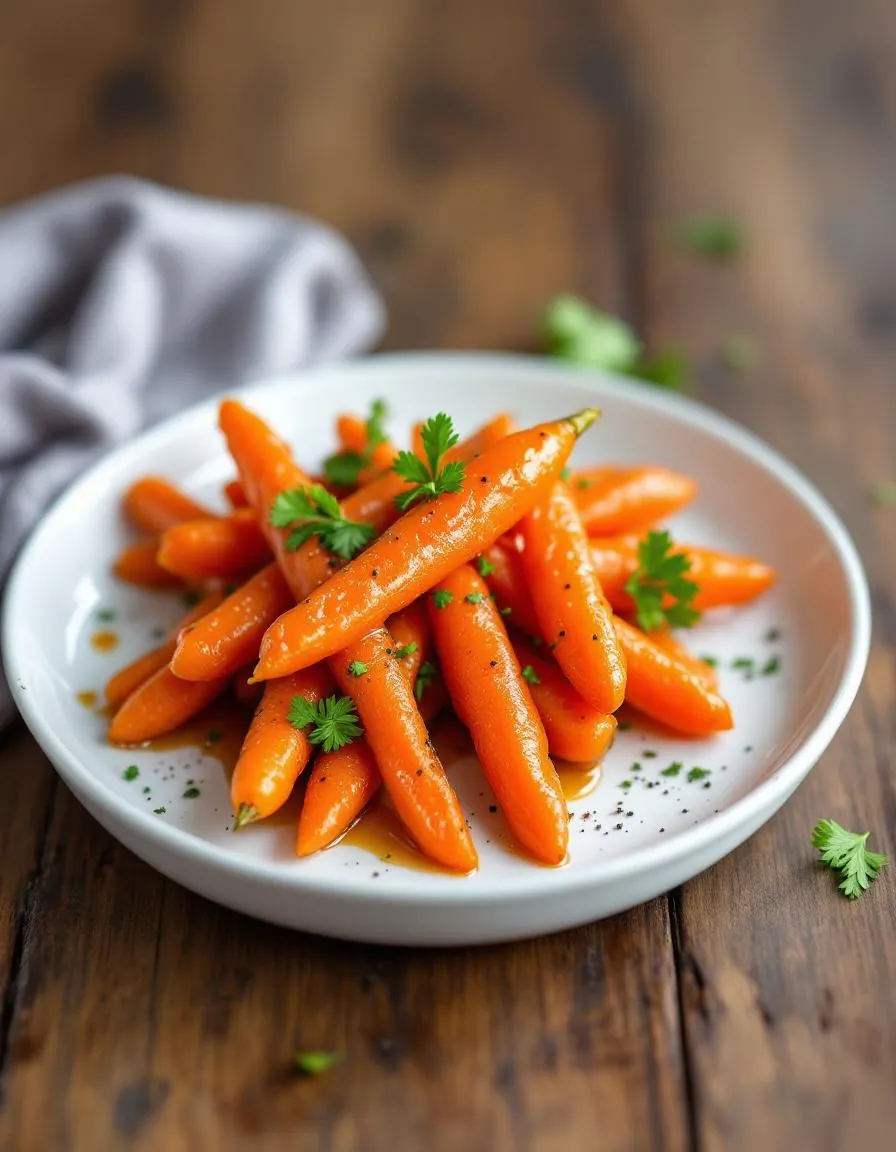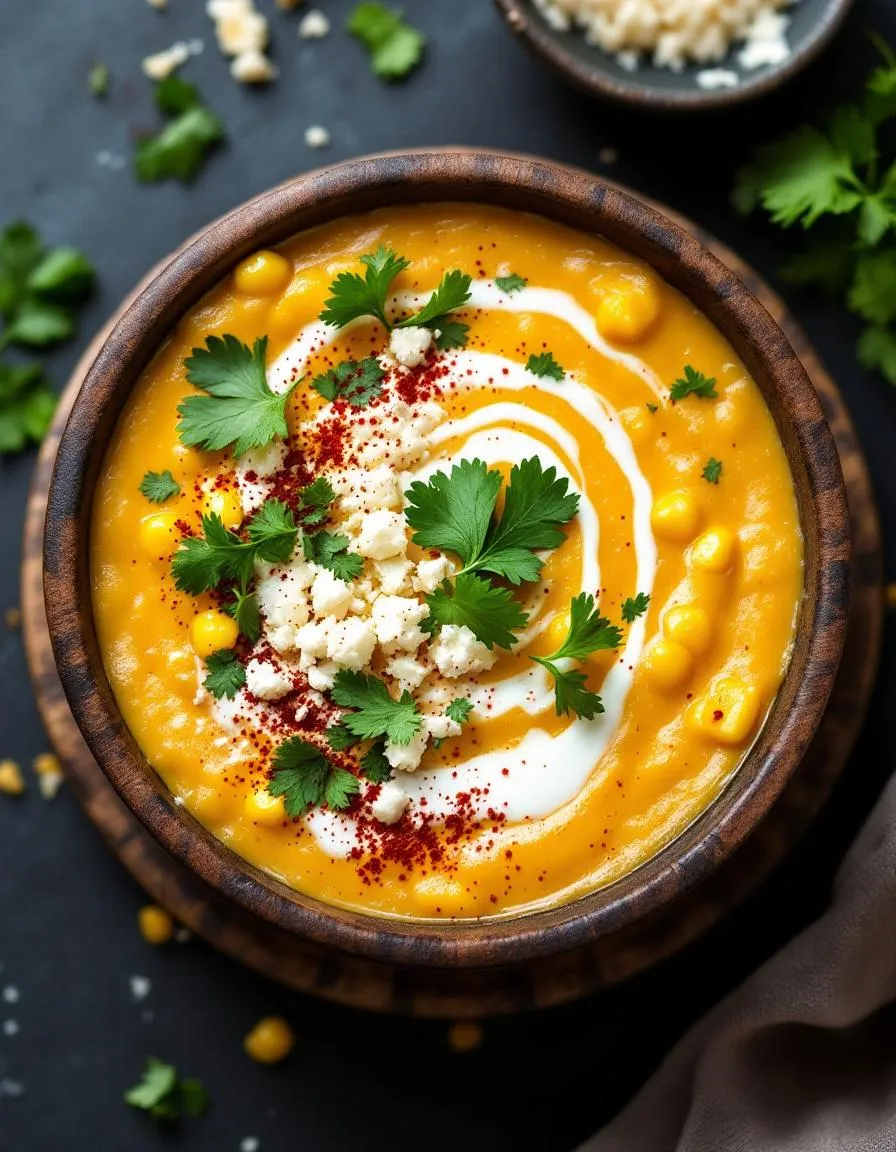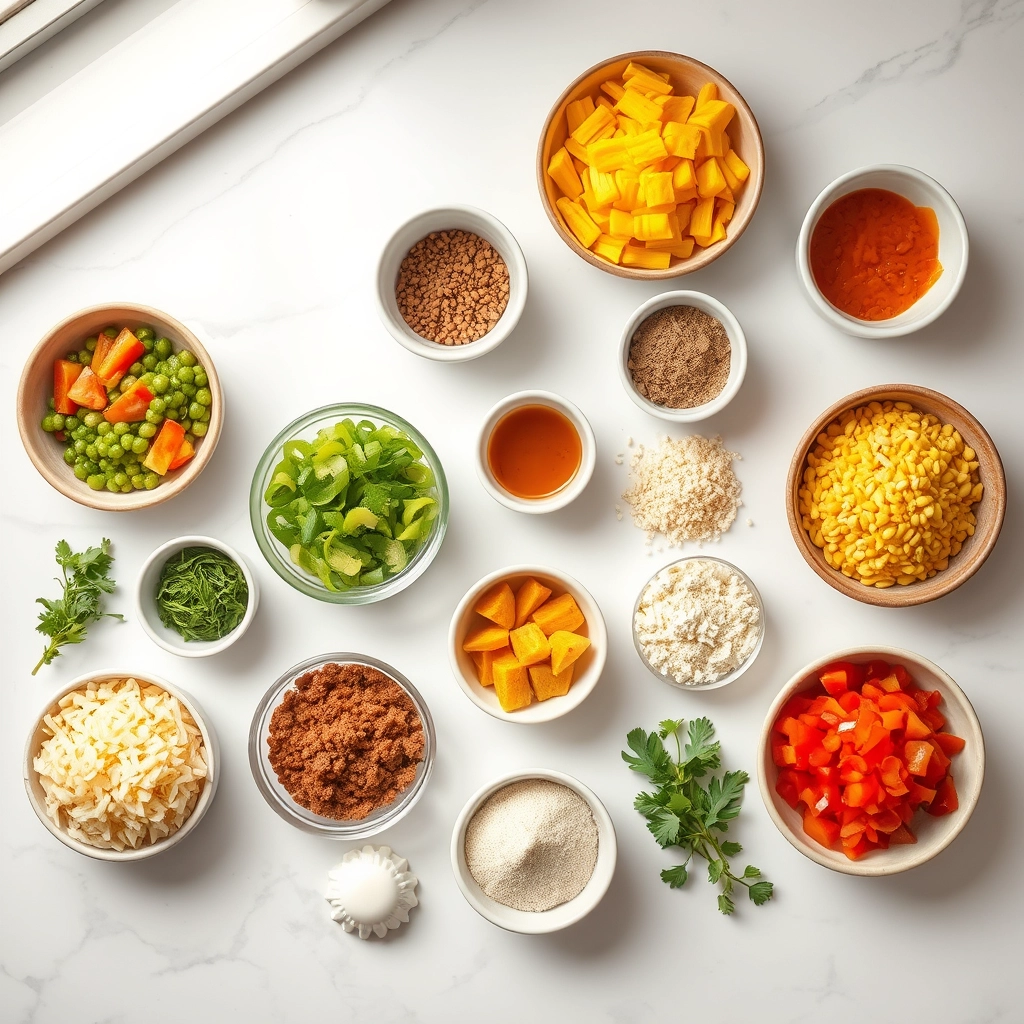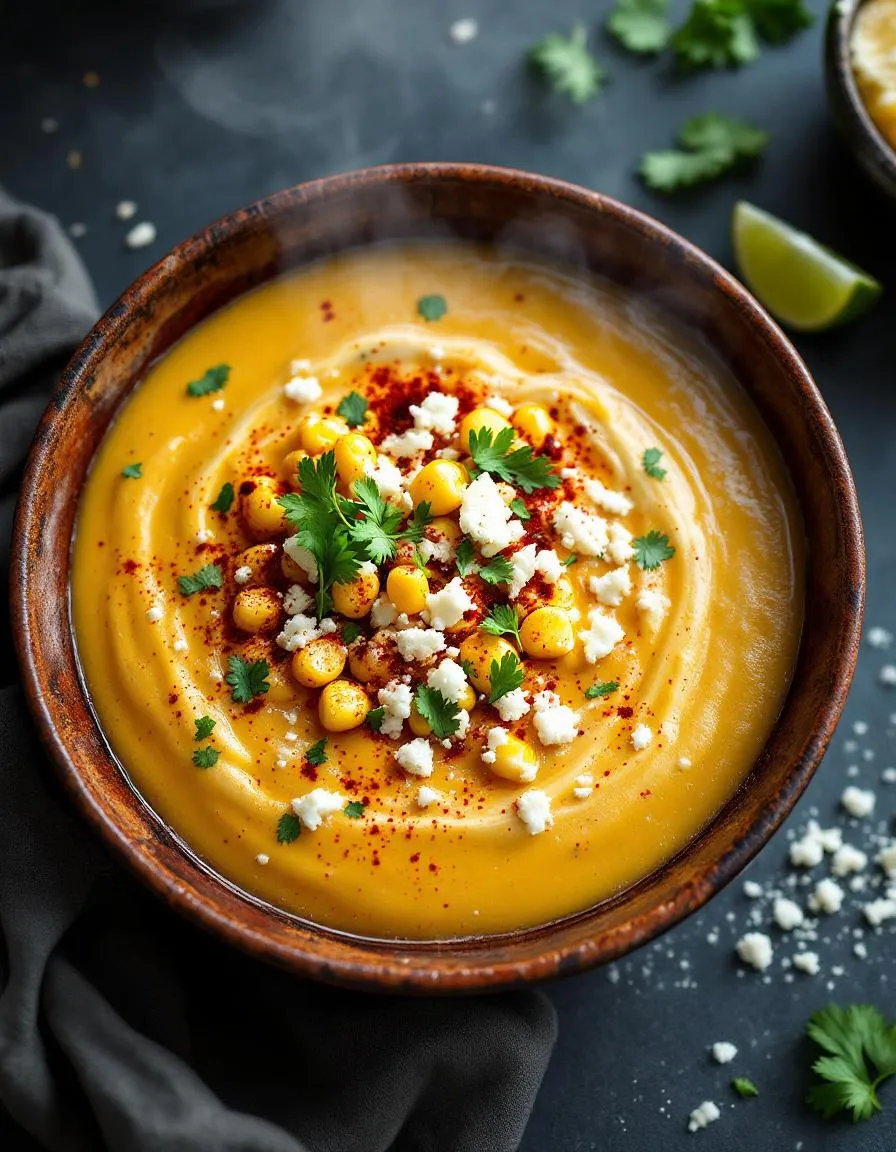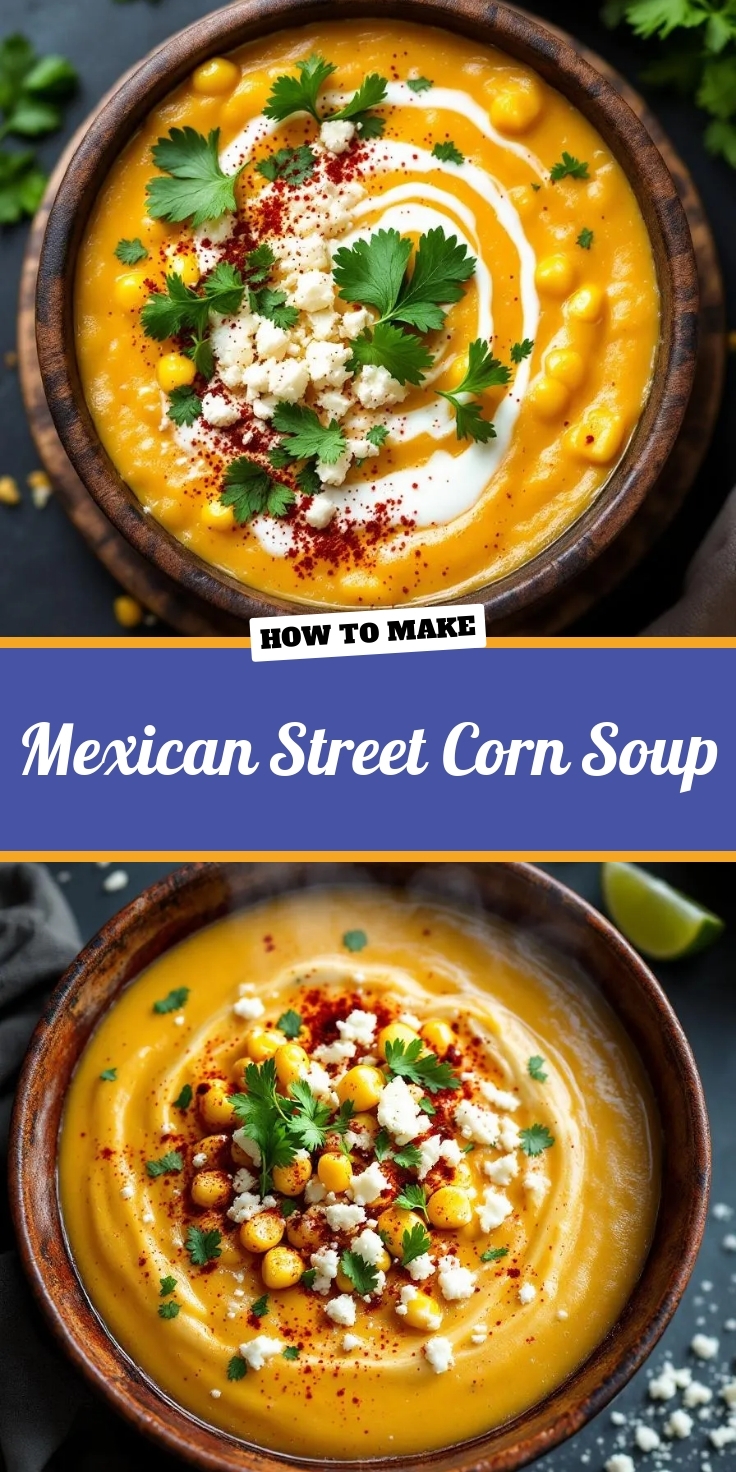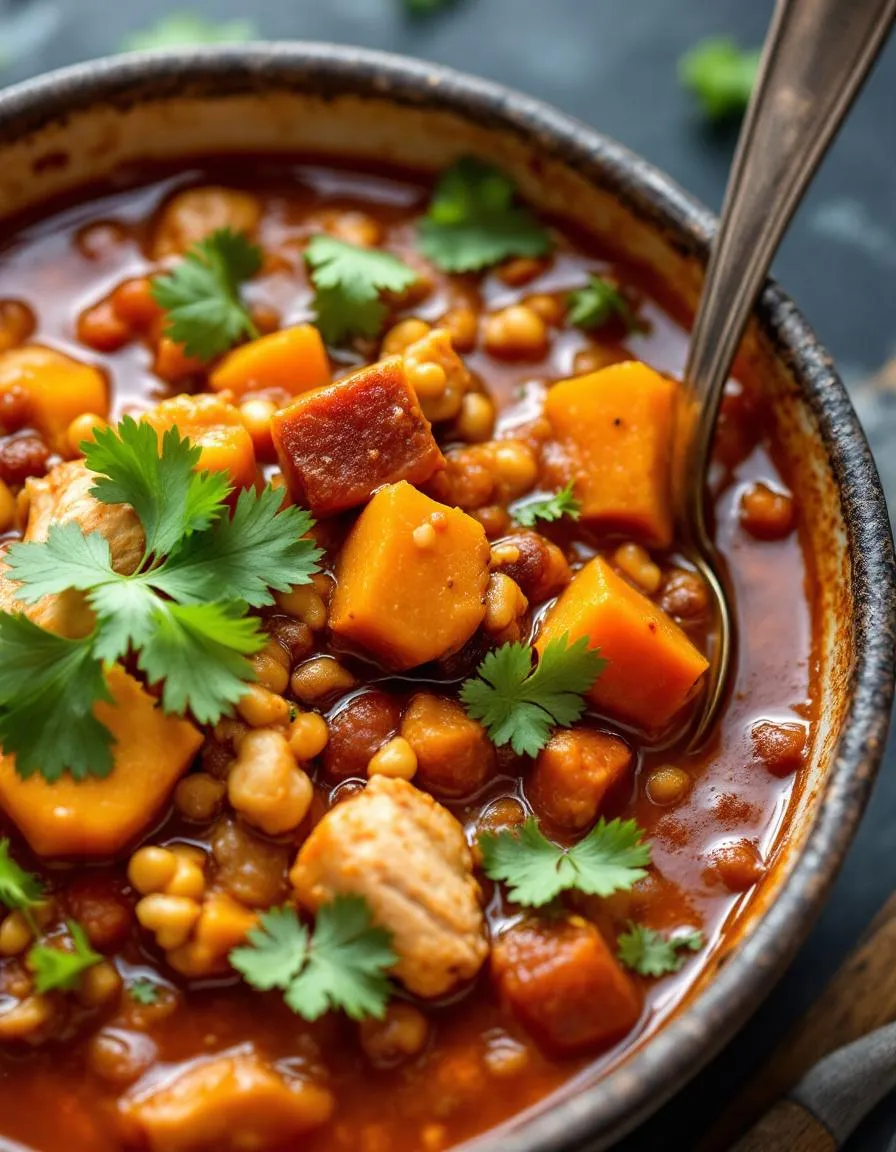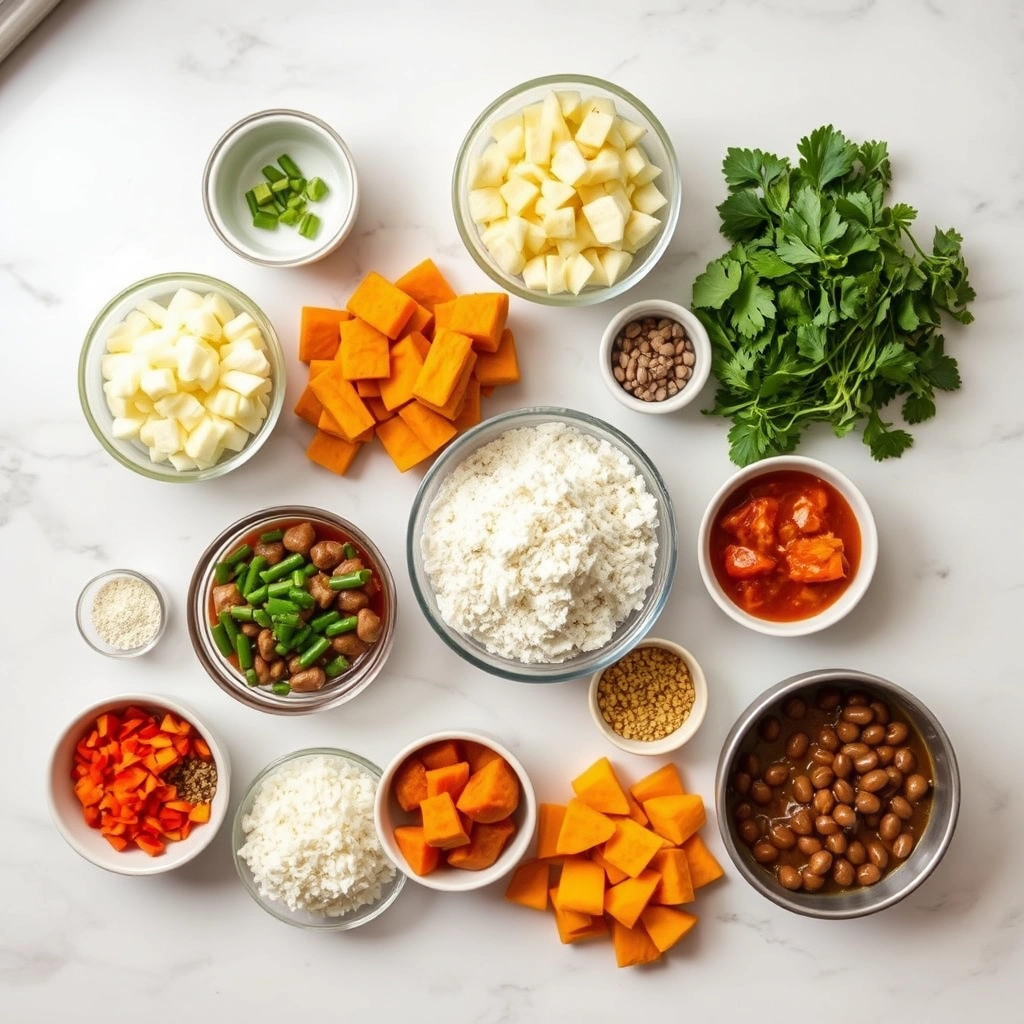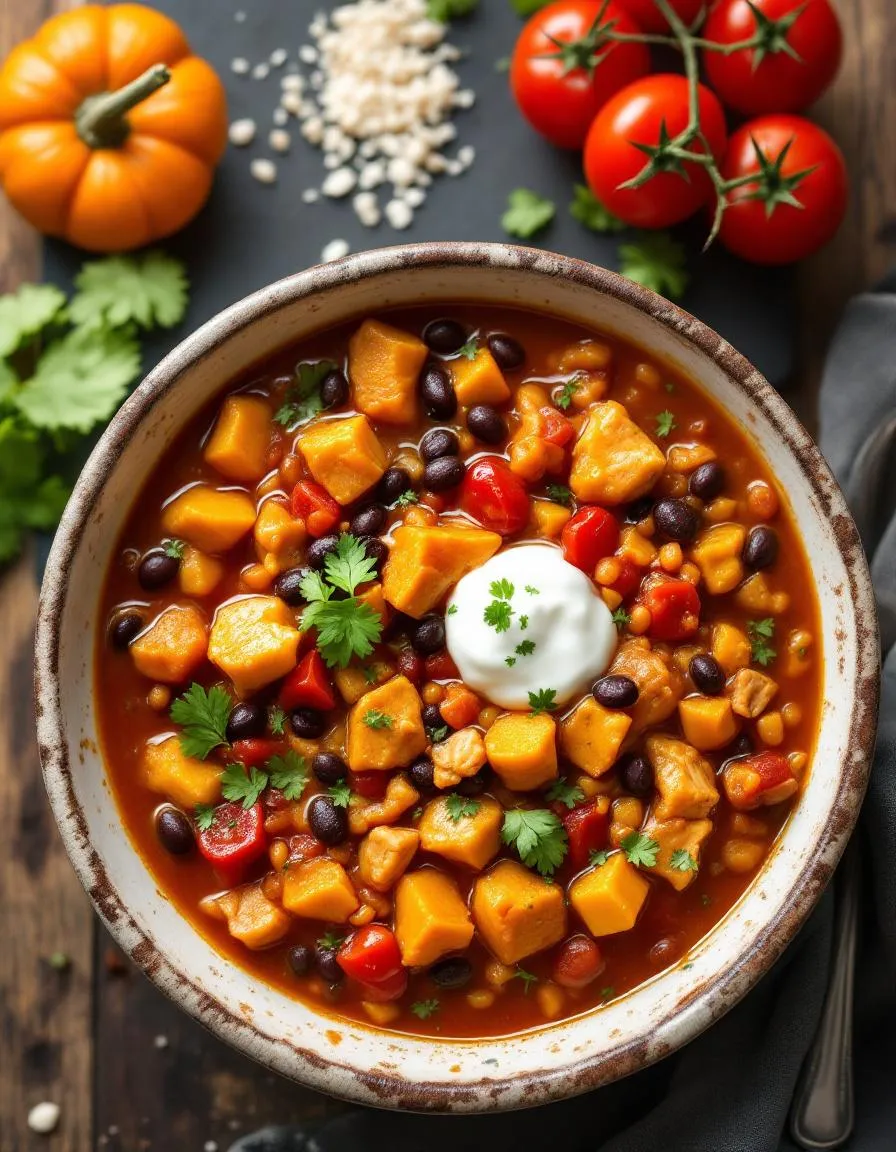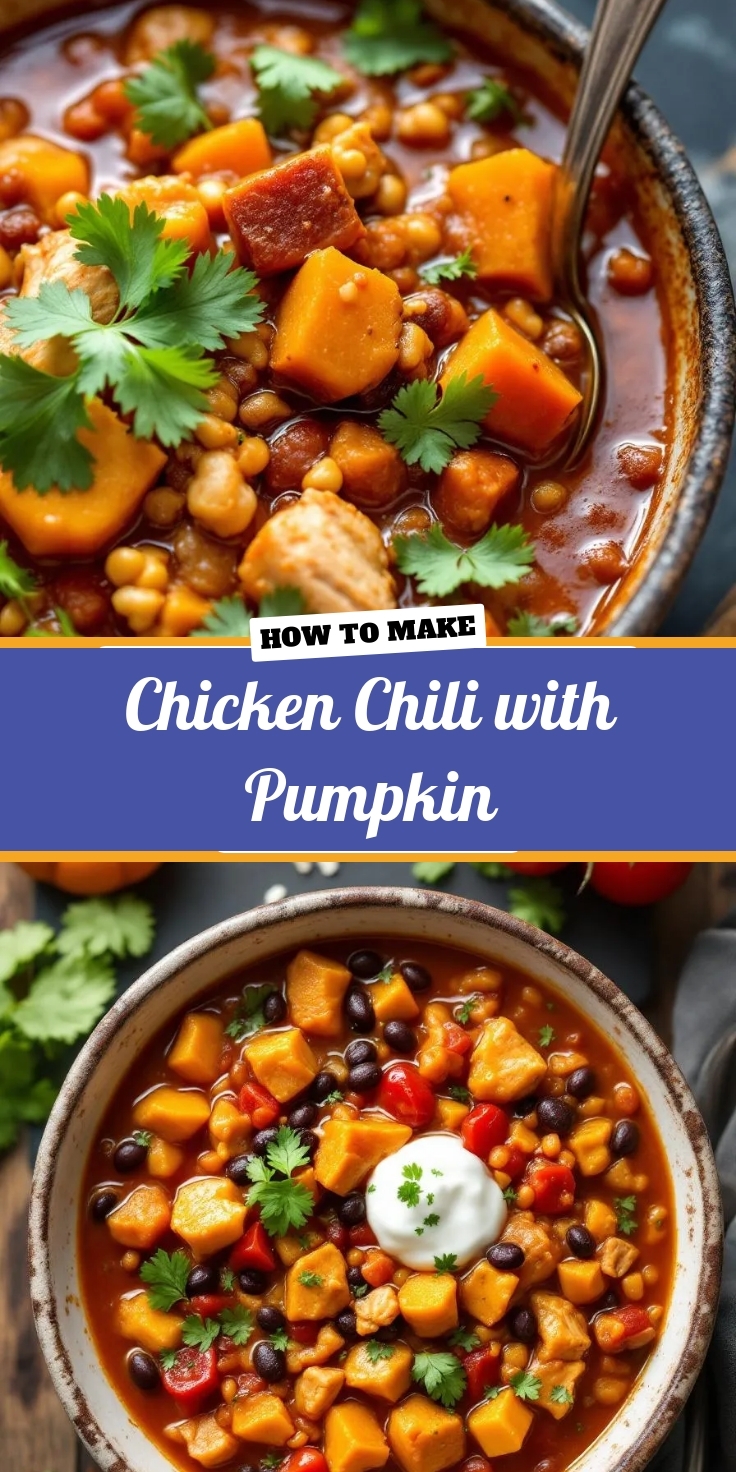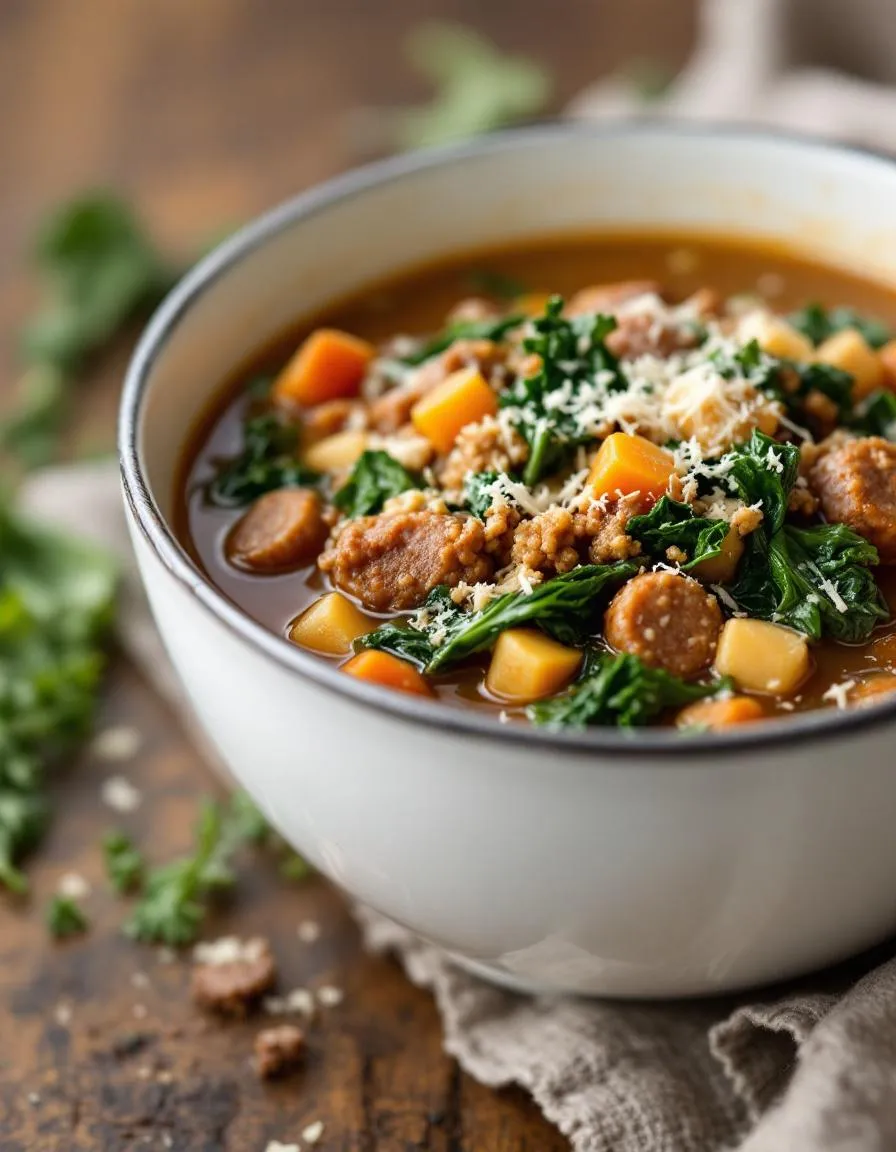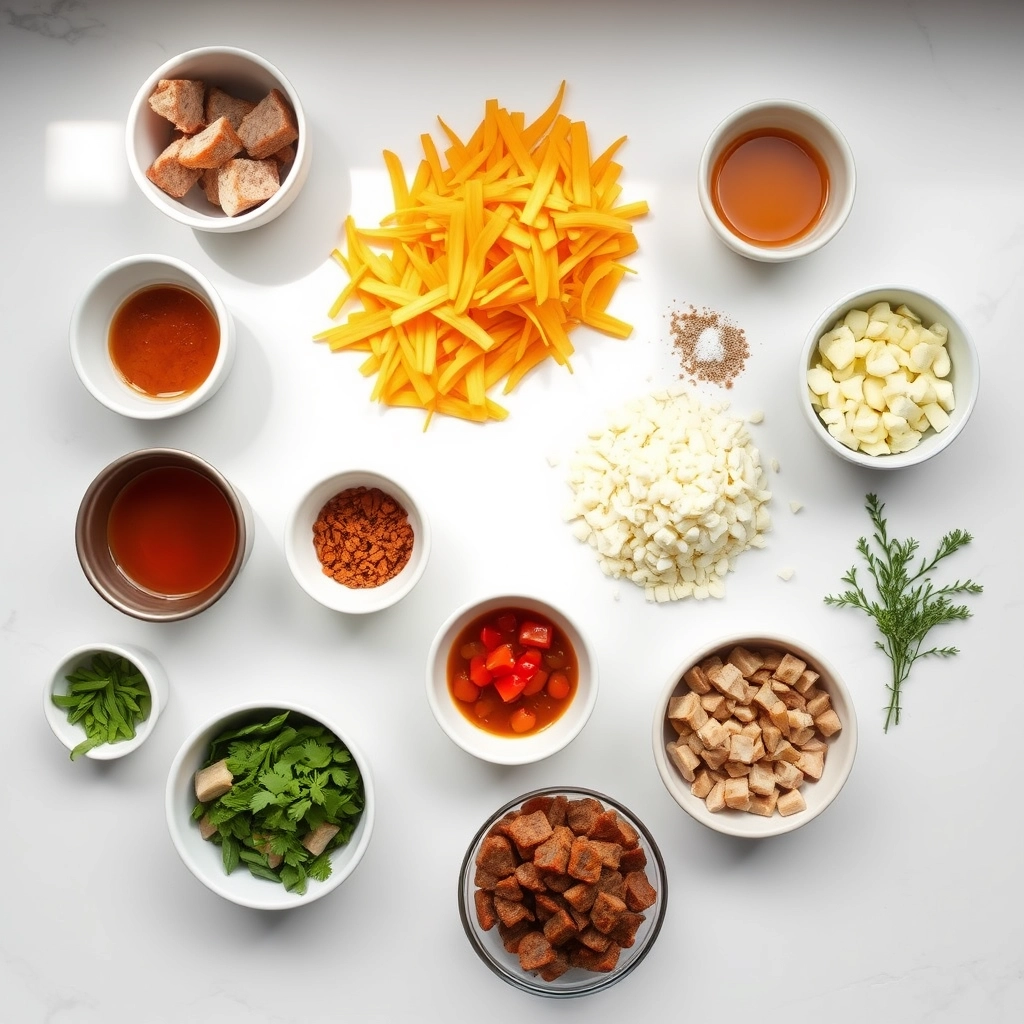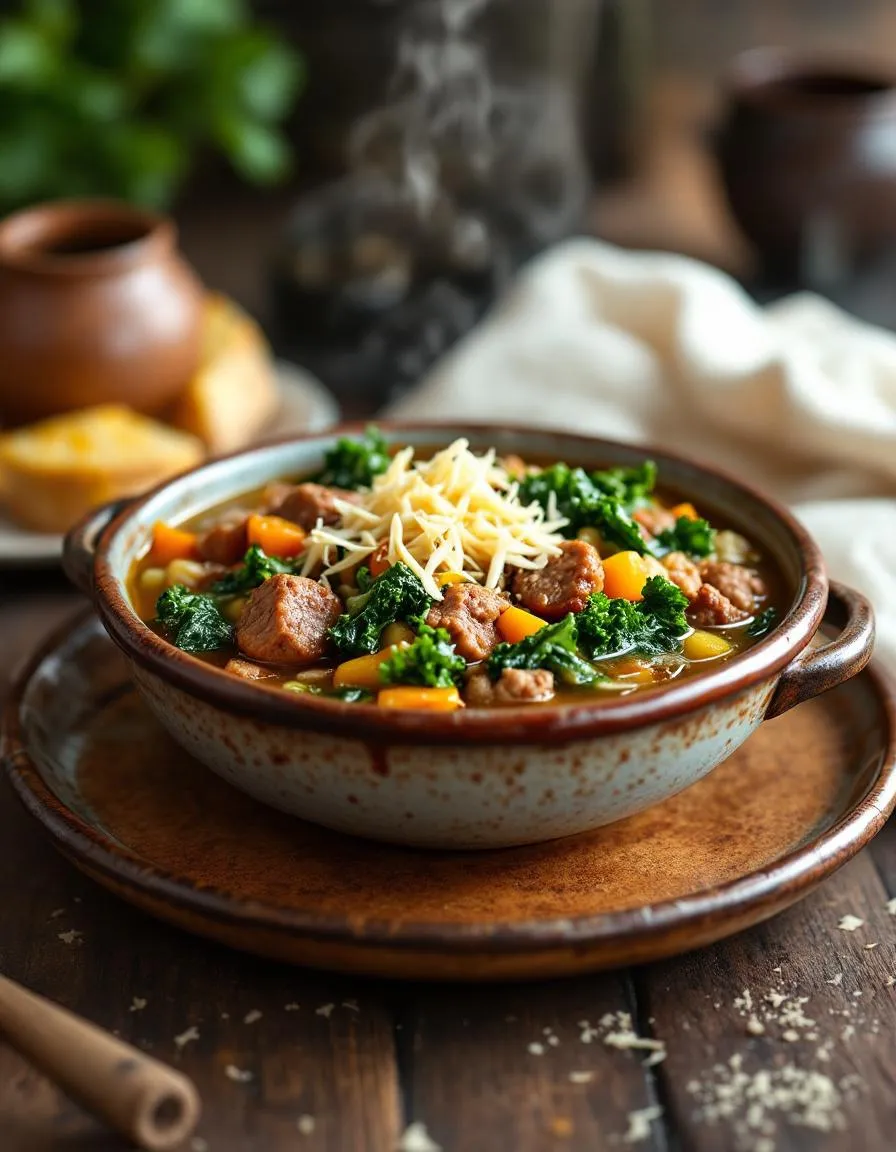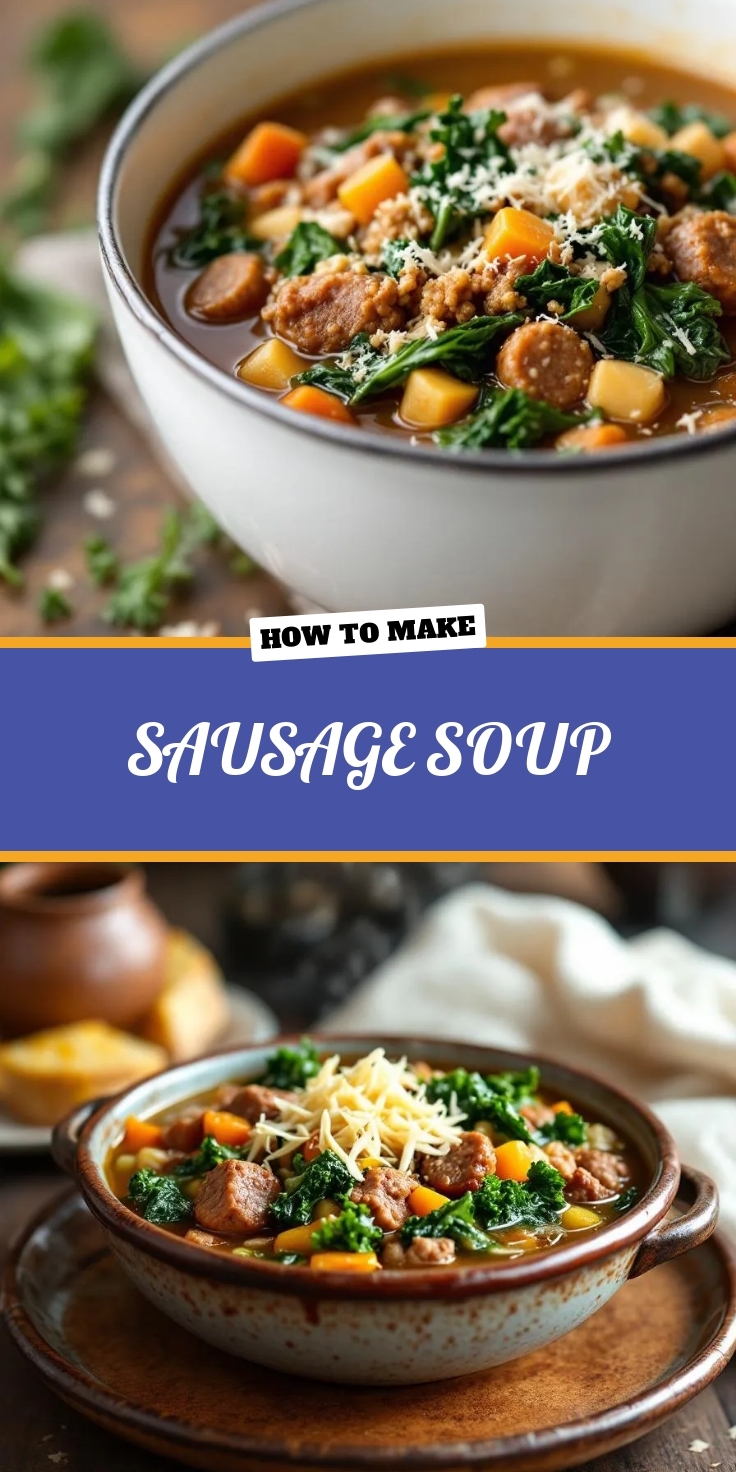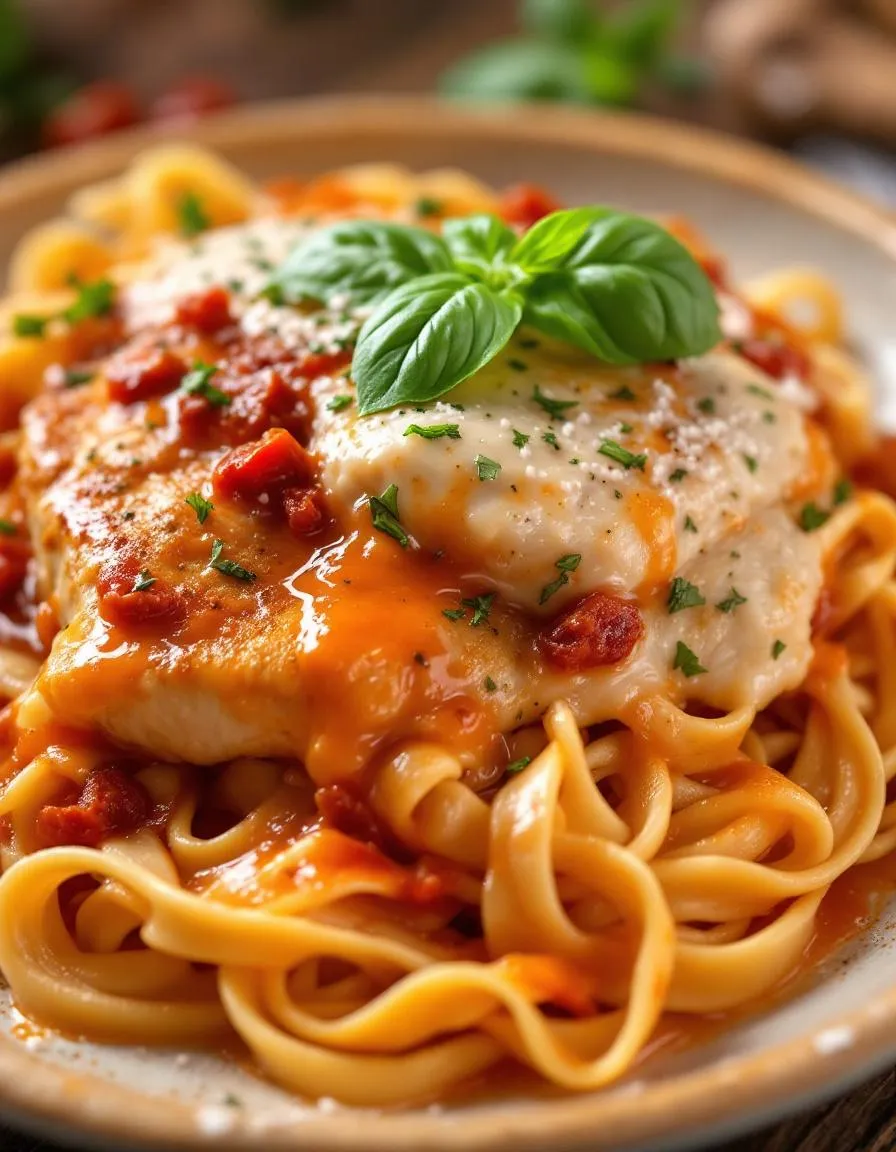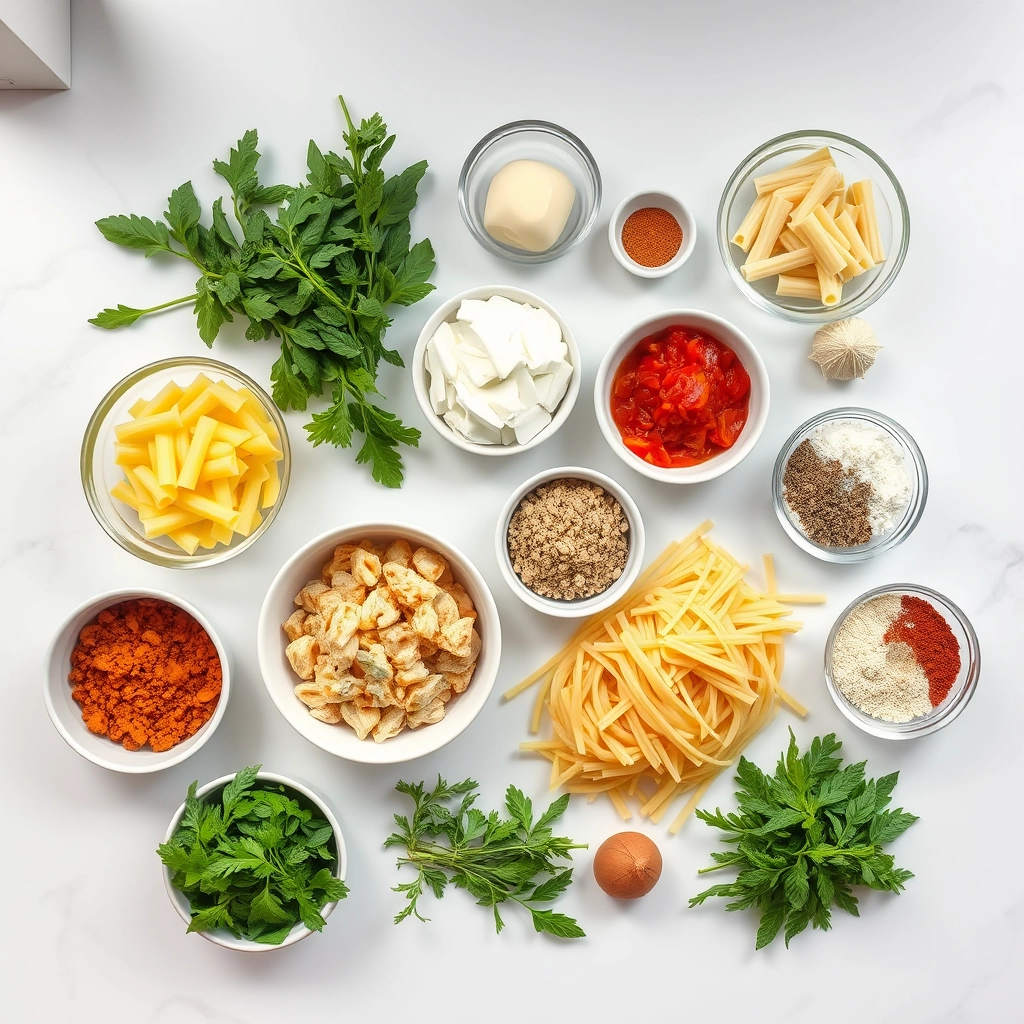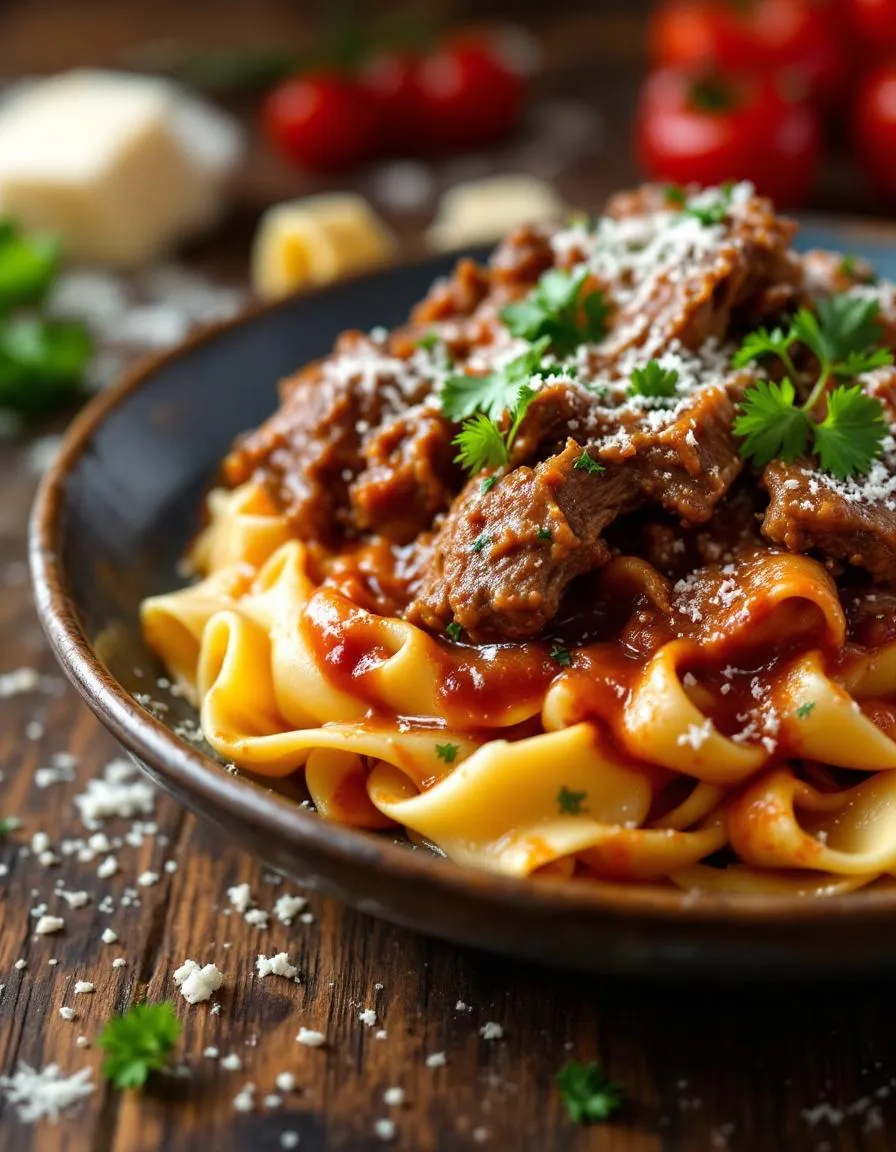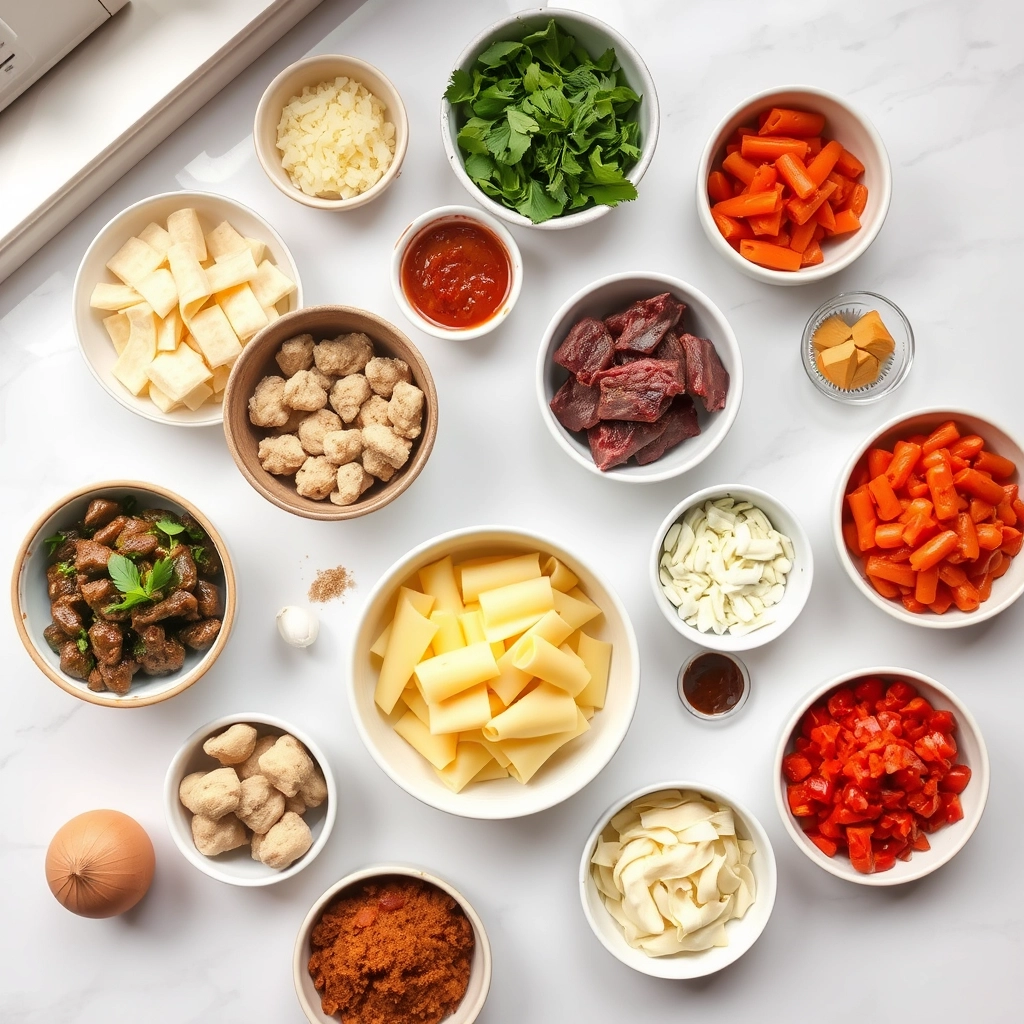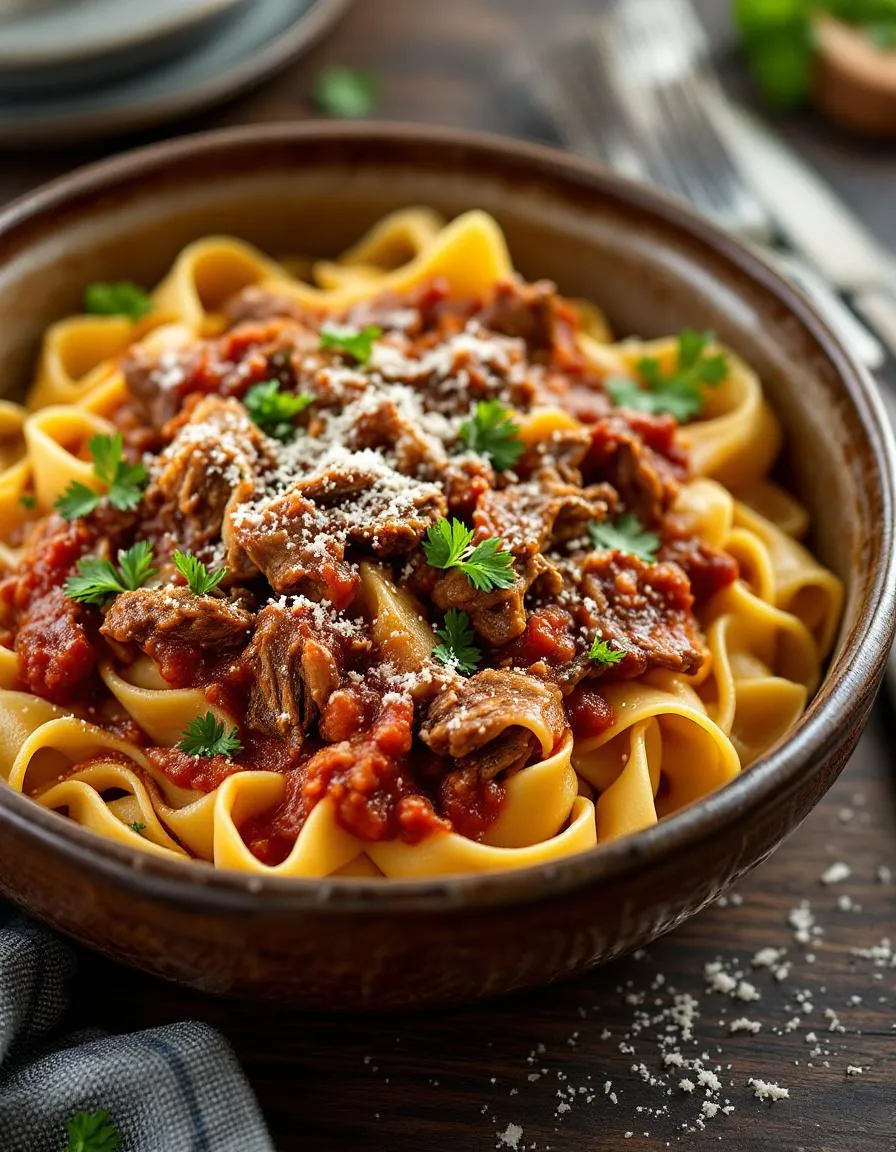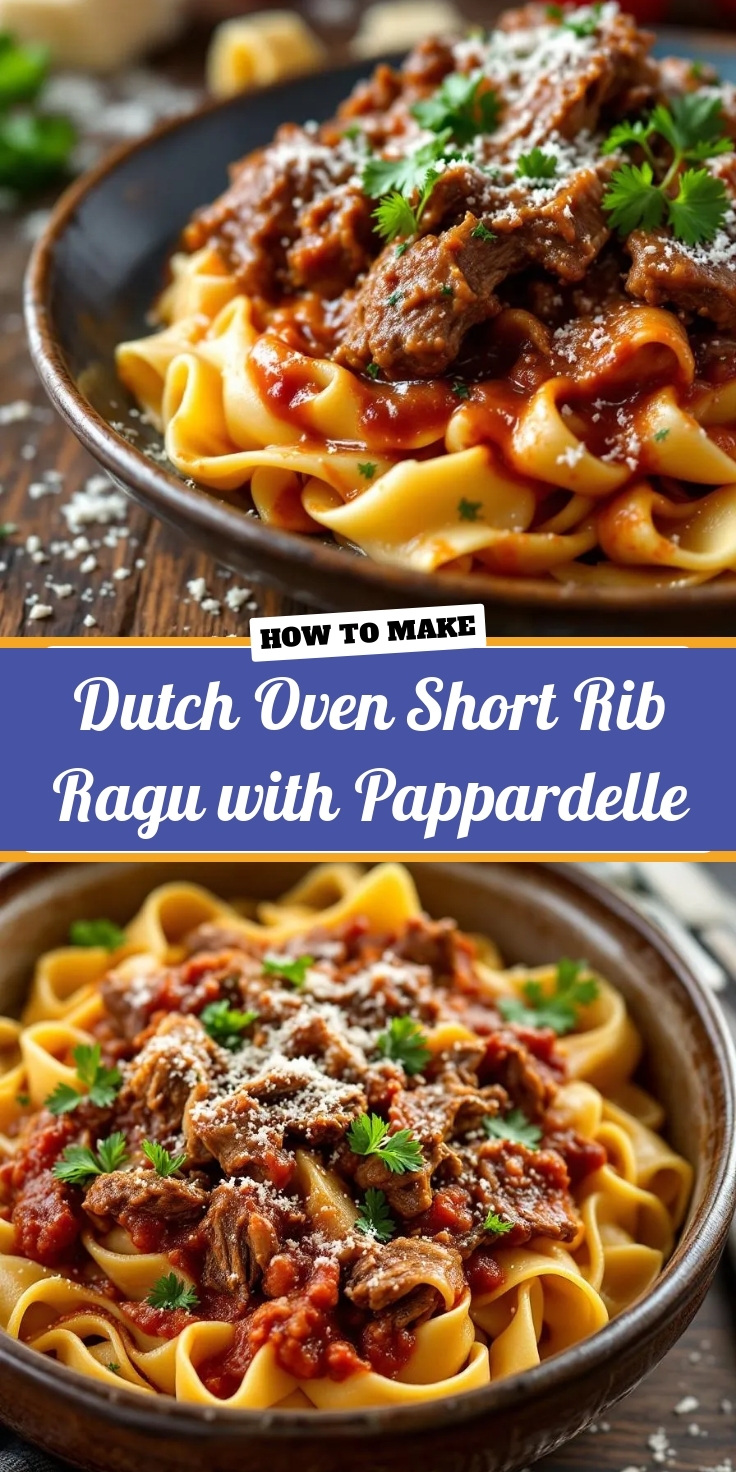Introduction
Do you ever crave that deep, savory comfort of French onion soup but want something a bit more substantial for dinner? Imagine those iconic caramelized onions and rich, beefy broth transformed into the most incredible, cozy meal. These French Onion Meatballs capture that exact soul-warming feeling in every single bite. They are the ultimate fusion of two beloved classics, promising to become a new family favorite that you will want to make on repeat all season long.
So, what exactly are French Onion Meatballs? Essentially, we take incredibly tender, herb-infused meatballs and smother them in a luxuriously deep and savory sauce built from slowly caramelized onions, beef stock, and a hint of thyme. The magic, however, truly happens with a generous blanket of perfectly broiled, bubbly Gruyère cheese. This dish matters because it takes a seemingly complex restaurant-style flavor and makes it completely achievable for a weeknight. It fits our blog’s mission perfectly by delivering gourmet taste with straightforward, reliable steps. You do not need any special skills, just a little patience for caramelizing the onions to sweet, golden perfection. This one-pan wonder is ideal for both a casual family meal and for impressing guests. For another fantastic way to enjoy caramelized onions, you must try our ultimate Caramelized Onion Dip. Furthermore, if you love this easy, crowd-pleasing format, you will adore our collection of easy appetizer recipes for your next gathering.
Why I Love This Recipe
I absolutely love this recipe because it feels like a hug in a bowl. It reminds me of chilly fall evenings gathered around the table with my family, where the conversation flows as freely as the delicious food. The process of slowly caramelizing the onions fills my entire kitchen with an aroma that is simply unforgettable. It signals that something special is coming. Every time I pull the sizzling skillet from the oven with that golden, cheesy crust, I feel a real sense of accomplishment. This dish never fails to bring everyone to the table with big smiles and even bigger appetites.
Health and Nutrition
Why it’s good for your body
First and foremost, these French Onion Meatballs deliver a powerful protein punch. This key nutrient supports muscle repair and keeps you feeling full and satisfied long after your meal. Additionally, the onions, a central ingredient, provide a fantastic source of prebiotic fiber. Consequently, they help nourish your gut’s beneficial bacteria, which is crucial for digestive wellness.
Moreover, this dish offers a wealth of antioxidants from its slowly caramelized onions. These compounds actively fight oxidative stress in your body, thereby supporting your overall cellular health. Furthermore, when you use lean ground beef, you significantly reduce the saturated fat content without sacrificing any of the rich, savory flavor. Ultimately, enjoying a serving of French Onion Meatballs means you are treating your body to a meal that is both deeply nourishing and incredibly delicious.
How it fits in a healthy lifestyle
This recipe easily adapts to support various health goals. For a high-protein lifestyle, these meatballs are an ideal centerpiece for your plate, helping to fuel your day and support muscle maintenance. If you are watching your gluten intake, you can simply use a certified gluten-free flour blend or breadcrumbs to keep the dish entirely celiac-friendly.
Pairing your French Onion Meatballs with a light side salad or some steamed green beans creates a perfectly balanced meal that covers all your nutritional bases. It’s a fantastic example of how comfort food can absolutely be part of a mindful eating plan. For more ideas on building nutritious meals, explore our guide on meal prepping efficiently. And if you love this flavor profile, you might also enjoy our tips for creating healthier comfort food classics without losing any of the taste you crave.
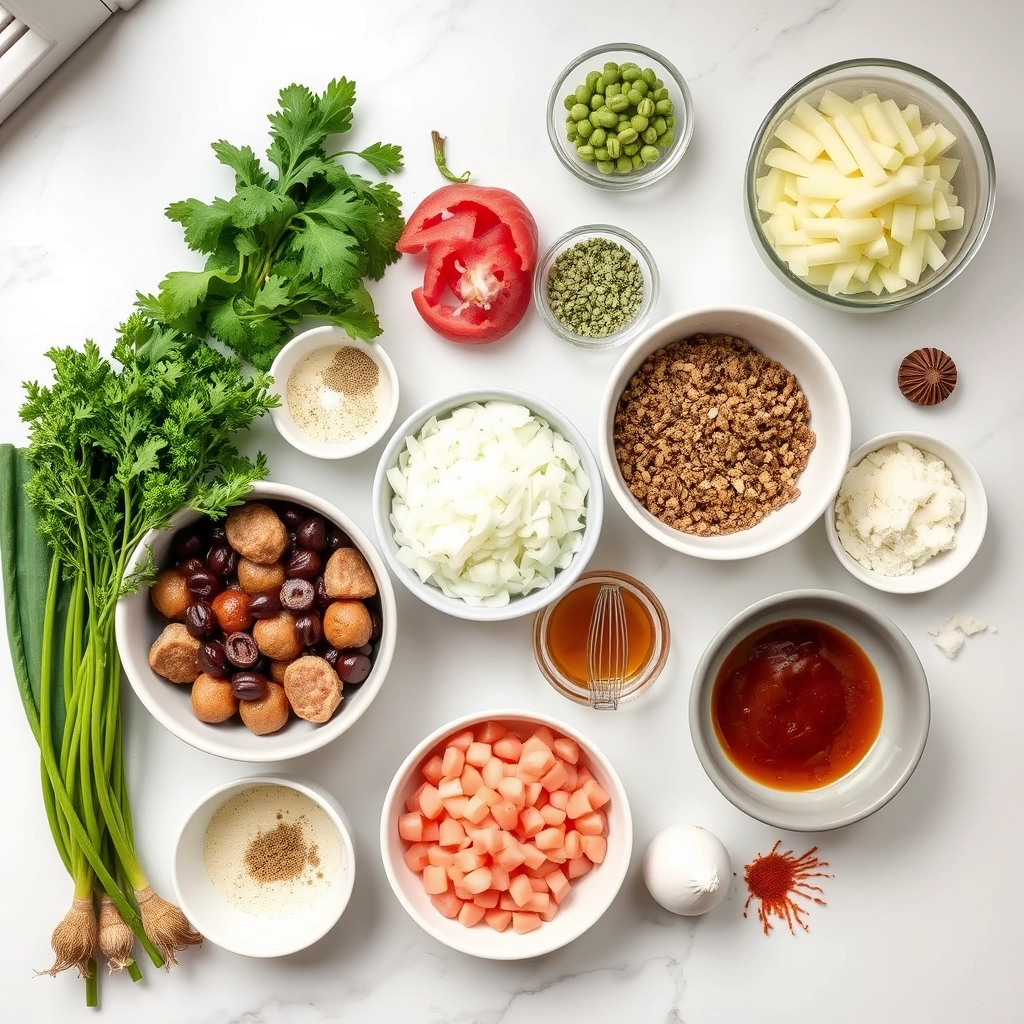
How to Prepare This Dish
Steps and time-saving tips
First, grab a large mixing bowl and combine your ground beef, breadcrumbs, egg, and those crucial seasonings. Use your hands to mix everything thoroughly, but avoid overworking the meat. Next, roll the mixture into evenly sized meatballs; a small cookie scoop guarantees uniform cooking and saves so much time. Meanwhile, preheat your oven and lightly grease a baking sheet. Arrange the meatballs in a single layer, then pop them in to bake until they are beautifully browned. While they cook, focus on the star of the show: the French onion gravy. Melt butter in a large skillet and slowly caramelize your sliced onions; patience here builds an incredible depth of flavor. Whisk in the flour to create a roux, then gradually pour in your beef broth, stirring constantly until the sauce thickens luxuriously. Finally, gently nestle the baked meatballs into the skillet, spooning that rich gravy over every single one. Let them simmer for a few minutes to soak up all the deliciousness. For a complete meal, serve them immediately over a bed of mashed potatoes or egg noodles.
Mistakes I’ve made and learned from
I have absolutely rushed the onions, and it’s a mistake you only make once. Sautéing them quickly over high heat just makes them bitter and tough, completely missing that sweet, caramelized foundation this dish needs. Now, I always cook them low and slow, which takes time but makes all the difference. Another lesson learned the hard way was using lean ground beef; it resulted in dry, crumbly meatballs that lacked flavor. I now swear by an 80/20 blend for the juiciest results. Getting the sauce consistency right was another hurdle. I’ve ended up with everything from a thin soup to a pasty glob, but I finally mastered my roux technique for a perfect gravy every time. And if you love this savory flavor profile, you must try my French Onion Pasta, which uses a very similar method for the sauce.
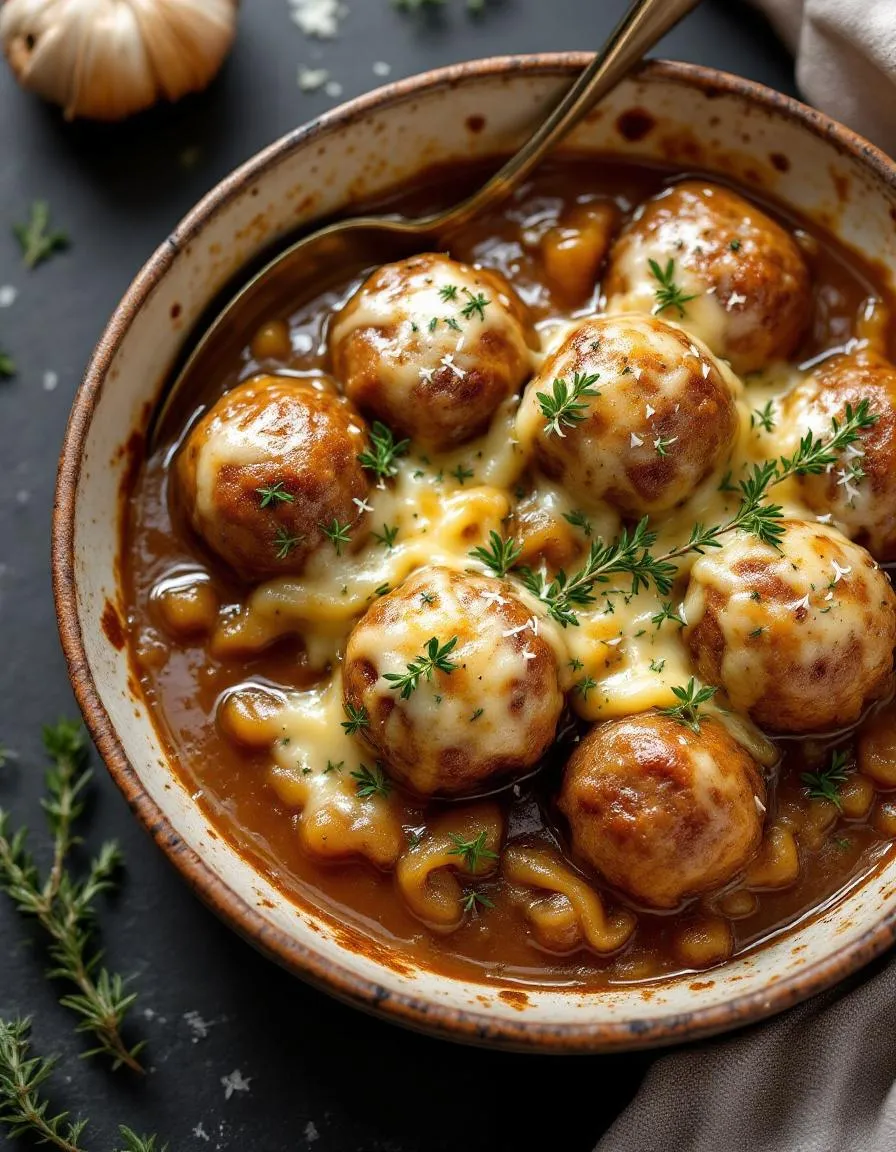
Cultural Connection and Variations
Where this recipe comes from
French Onion Meatballs feel like a warm hug from a French bistro. They cleverly twist the classic soup into a hearty main course. My grandmother first made them for a chilly autumn potluck. She wanted to capture that rich, savory essence in a dish you could eat with a fork. Consequently, her version became our family’s signature fall comfort food.
Different regions put their own spin on this idea. In parts of the American Midwest, for instance, cooks often use a slow cooker. They let the meatballs simmer all day in that deeply caramelized onion gravy. Meanwhile, some European variations might incorporate a dash of red wine or brandy for extra depth. Alternatively, other families might swap beef for pork or even turkey. No matter the small changes, the soul of the dish remains the same. Ultimately, every bite of French Onion Meatballs delivers that unforgettable, cozy flavor.
How it fits in today’s cooking
This dish absolutely thrives in modern kitchens. It perfectly fits our desire for nostalgic, satisfying meals that don’t require fancy techniques. Busy home cooks love how easily it comes together for a weeknight dinner. Furthermore, it makes a fantastic option for easy freezer meals you can prepare ahead.
Its relevance extends to holiday parties and game day spreads too. People constantly seek out crowd-pleasing appetizers that feel special. These meatballs, with their gooey cheese topping, always disappear first from the buffet. For a complete comfort food experience, many people pair it with a simple green salad. This combination balances the richness beautifully. Ultimately, French Onion Meatballs secure their place as a timeless, adaptable classic for any occasion.
Taste and Texture
What makes it delicious
These French Onion Meatballs deliver a deeply savory and complex flavor profile. You first notice the rich, caramelized sweetness from the slowly cooked onions. Then, the robust, salty notes from the beef broth and Worcestershire sauce shine through. Each bite feels incredibly tender and juicy, with the melted Gruyère cheese adding a luxurious, gooey texture on top. The entire dish fills your kitchen with an unmistakably warm and fragrant aroma. Ultimately, these French Onion Meatballs provide a comforting and deeply satisfying meal that feels both rustic and elegant.
Boosting the flavor
For an even richer experience, consider a few simple tweaks. First, try swapping the beef for a half-pork, half-beef blend to add extra fat and flavor to the meatballs themselves. Additionally, a dollop of sour cream or a sprinkle of fresh thyme right before serving introduces a cool, creamy contrast. If you love a crispy, cheesy top, broil the finished dish for a minute to achieve a perfect golden crust. For more ideas on building flavors, explore our guide on creating your own spice blends. Furthermore, this dish pairs wonderfully with something buttery and soft to soak up the glorious sauce, like our favorite easy garlic bread recipe.
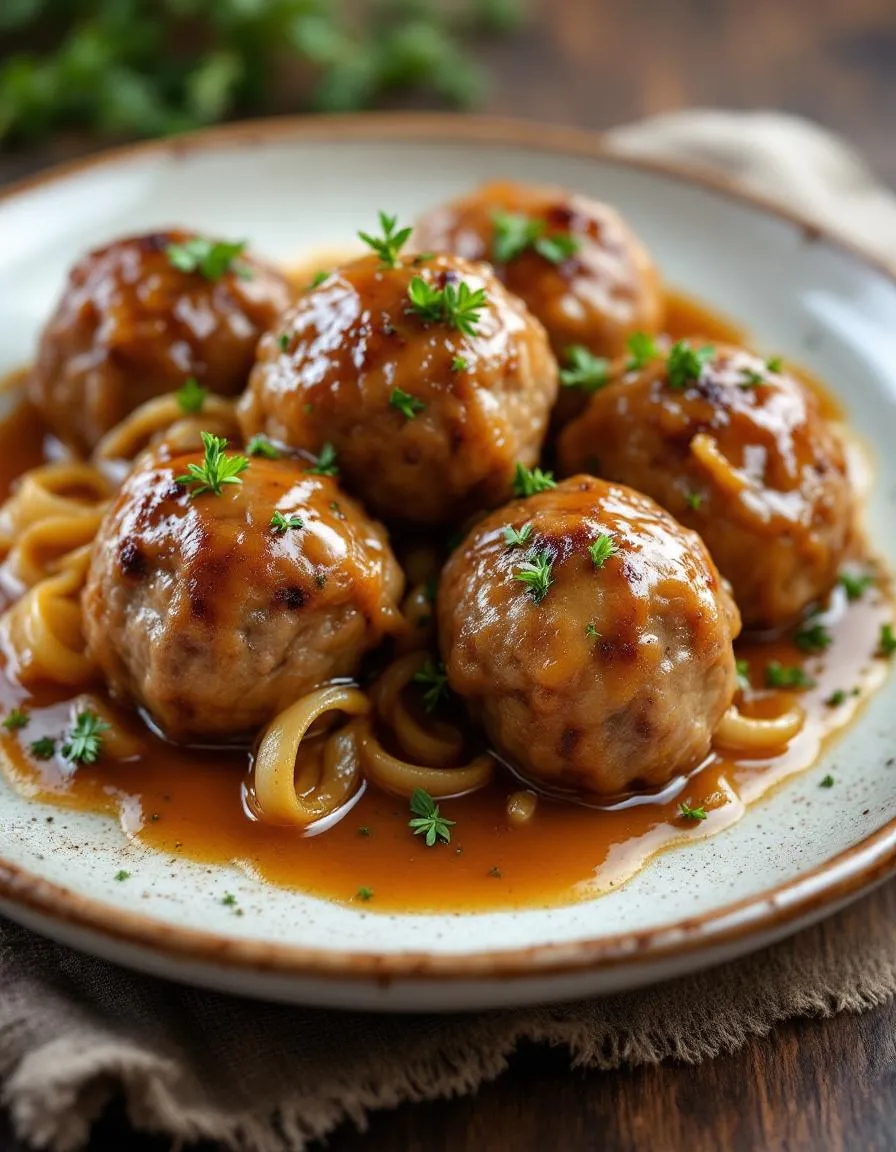
Tips for Success
Best practices for results
Always use a combination of ground beef and pork for the most flavorful and tender French Onion Meatballs. Furthermore, thoroughly chill your meatball mixture before shaping because this crucial step prevents them from falling apart during cooking. Additionally, take your time caramelizing the onions until they reach a deep golden-brown color for that signature sweet and savory flavor. Finally, always use a heavy-bottomed pot or Dutch oven to ensure even, consistent heat distribution while you prepare your French Onion Meatballs.
Mistakes to avoid
Avoid overmixing your meatball ingredients, as this common error leads to a tough, dense texture. Instead, gently combine the mixture with your hands until it just comes together. Moreover, do not skip the step of toasting your breadcrumbs, which adds a deeper flavor and helps the meatballs hold their shape better. For more guidance on getting the perfect consistency, check out our guide on how to make meatballs. Also, ensure your broth is very hot before adding it to the pot; otherwise, the sauce will not thicken properly and might taste weak. If you are looking for the perfect side to complete your meal, consider our favorite creamy garlic mashed potatoes recipe.
Serving and Pairing Suggestions
How to serve this dish
Present your French Onion Meatballs in a style that honors their cozy, comforting nature. For a truly stunning presentation, transfer them directly from the oven into a beautiful, rustic ceramic dish. Immediately top them with a generous handful of fresh, chopped parsley and a few extra shreds of gruyere cheese. This simple garnish adds a vibrant pop of color and a fresh flavor contrast. Furthermore, these meatballs make a fantastic centerpiece for a holiday party spread or a simple, satisfying weeknight dinner. Ultimately, serve them piping hot so everyone can enjoy that incredible, stretchy cheese pull with every single bite.
What goes well with it
Firstly, a crisp, green side salad provides the perfect fresh counterpoint to the rich, savory depth of your French Onion Meatballs. Alternatively, for a truly decadent meal, consider serving them over a bed of creamy mashed potatoes which happily soaks up all that glorious onion gravy. Moreover, a crusty baguette for dipping is an absolute non-negotiable side. In fact, our favorite Easy Homemade Artisan Bread recipe is the ideal tool for the job. Finally, a full-bodied red wine like a Syrah or a Malbec beautifully cuts through the dish’s richness. For a non-alcoholic option, our refreshing Sparkling Cucumber Mint Lemonade offers a bright, cooling finish to each delicious bite.
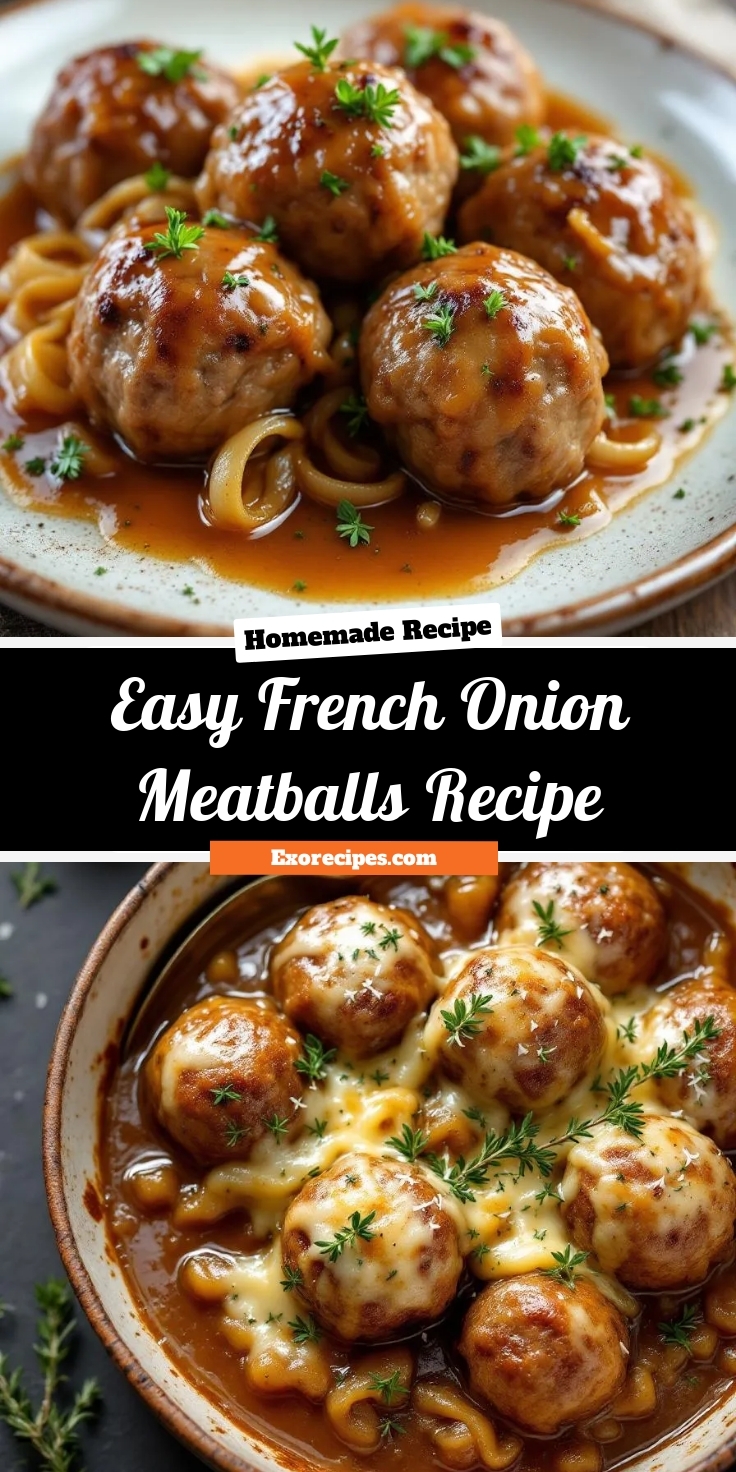
Gruyère cheese is the classic and best choice for authentic French Onion Meatballs, as it melts beautifully and provides that signature nutty, savory flavor. You can also use a good Swiss cheese or provolone if Gruyère is unavailable. The key is to use a cheese that melts well and complements the rich, caramelized onion gravy.
Absolutely! Making French Onion Meatballs in a slow cooker is a fantastic hands-off method. Simply combine the cooked meatballs with a can of French onion soup and your caramelized onions, then cook on low for 4-6 hours. Add the cheese during the last 15 minutes of cooking to get it perfectly melted and bubbly.
French Onion Meatballs are incredibly versatile. They are most commonly served over a bed of egg noodles, creamy mashed potatoes, or white rice to soak up the delicious gravy. For a lower-carb option, try them with cauliflower mash or zucchini noodles. A simple side salad or green beans also pairs wonderfully to balance the rich flavors.
To prevent your French Onion Meatballs from falling apart, use a binder like an egg and breadcrumbs in your meatball mixture, which helps hold everything together. Chilling the formed meatballs in the refrigerator for 15-30 minutes before cooking also helps them firm up. Avoid overmixing the meat, as this can make the texture tough and cause breakage.
French Onion Meatballs
Description
Savory meatballs simmered in a rich French onion soup-inspired gravy, topped with melted Gruyère cheese.
Ingredients
For the Crust:
- 1 lb ground beef
- 1/2 cup breadcrumbs
- 1 large egg
- 2 tbsp Worcestershire sauce
- 4 large onions, thinly sliced
- 4 tbsp butter
- 4 cups beef broth
- 1 tsp thyme
- 1 cup shredded Gruyère cheese
- Salt and pepper to taste
Instructions
1. Prepare the Crust:
- In a bowl, combine ground beef, breadcrumbs, egg, 1 tbsp Worcestershire sauce, salt, and pepper. Form into 1-inch meatballs.
- In a large skillet, melt butter over medium heat. Add onions and cook until caramelized, about 20 minutes.
- Add meatballs to the skillet and brown on all sides. Pour in beef broth, remaining Worcestershire sauce, and thyme. Simmer for 15 minutes.
- Preheat broiler. Transfer meatballs and gravy to an oven-safe dish, top with Gruyère cheese, and broil until cheese is melted and bubbly, about 3-5 minutes.
Notes
You can customize the seasonings to taste.

